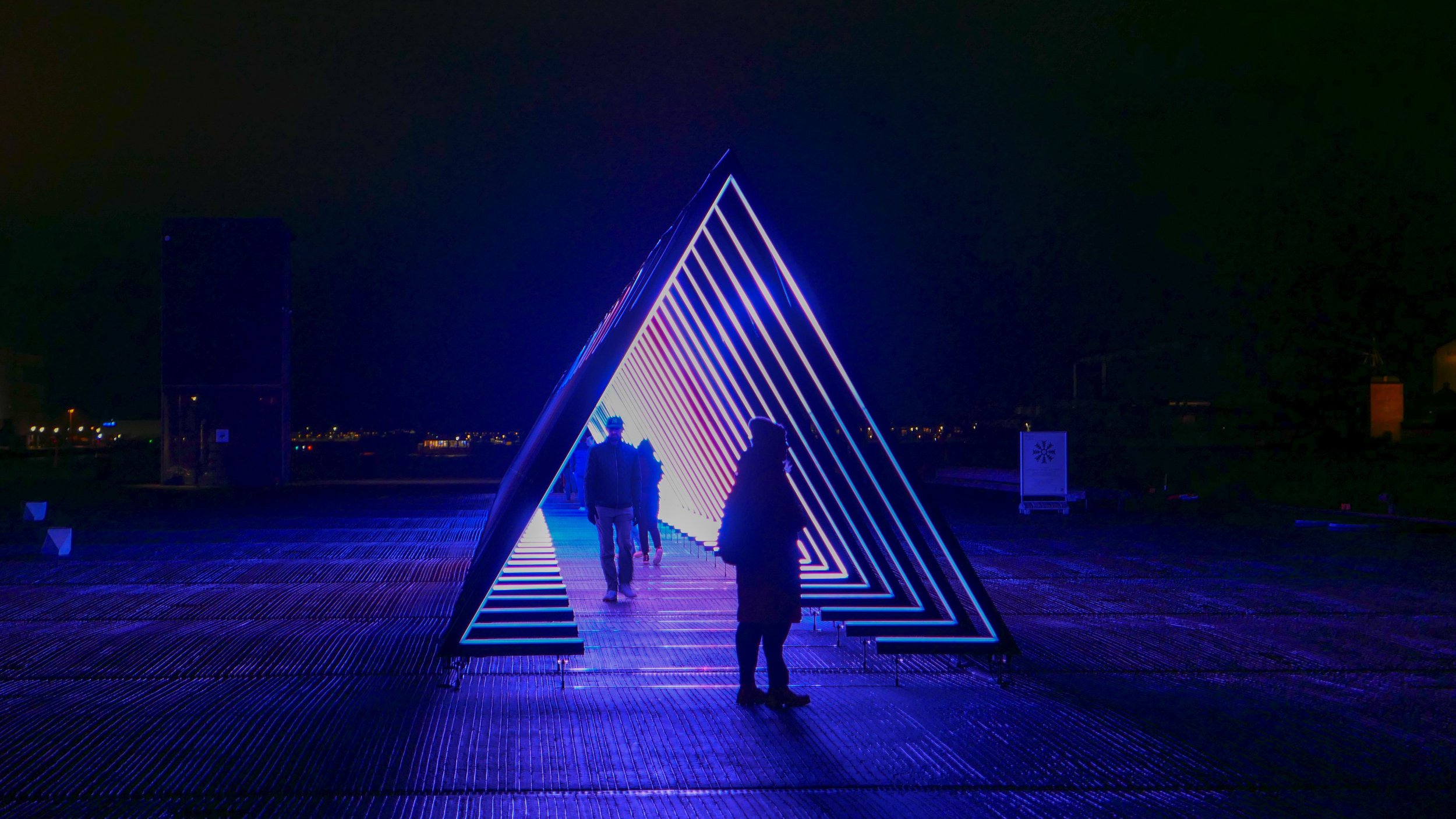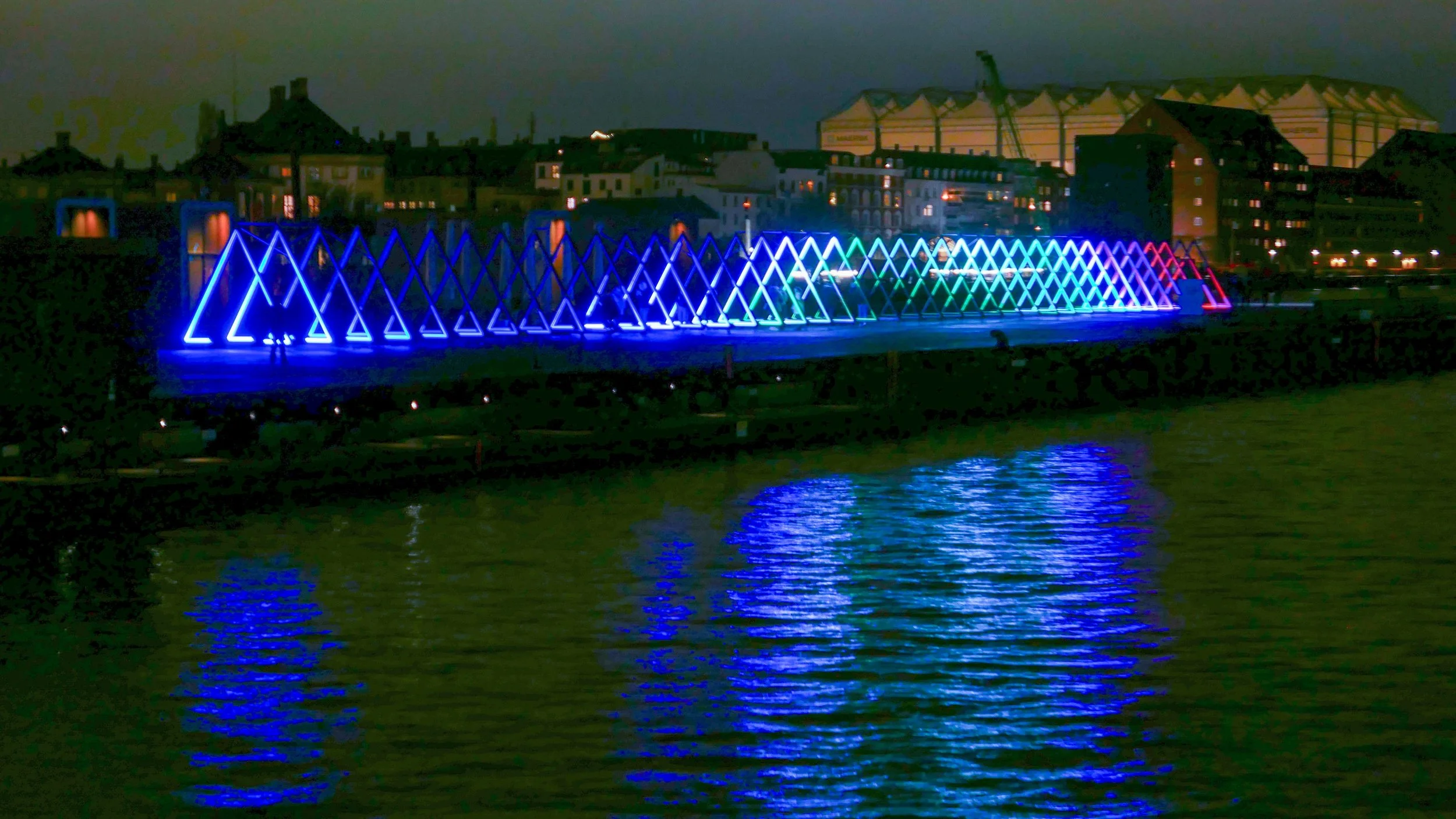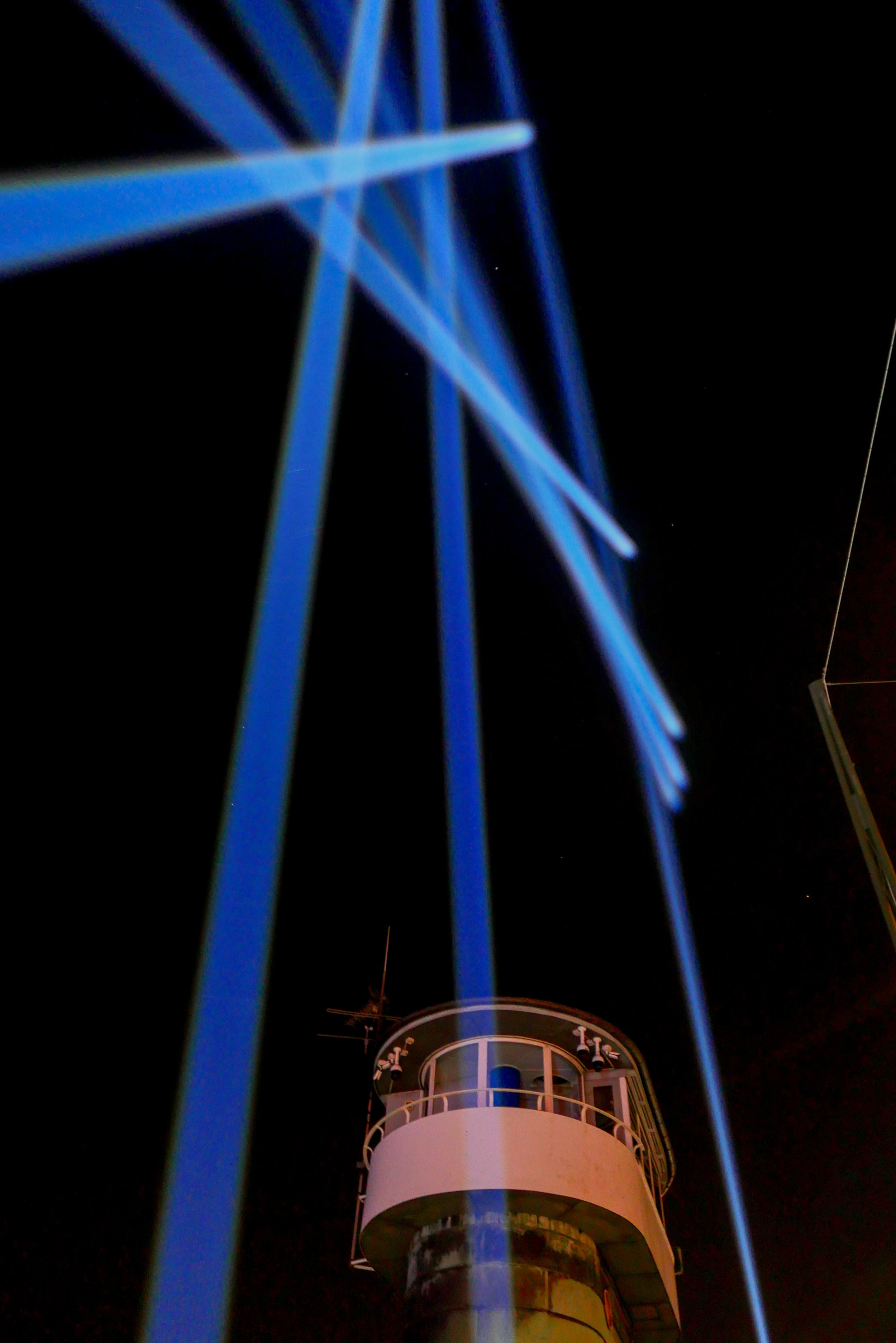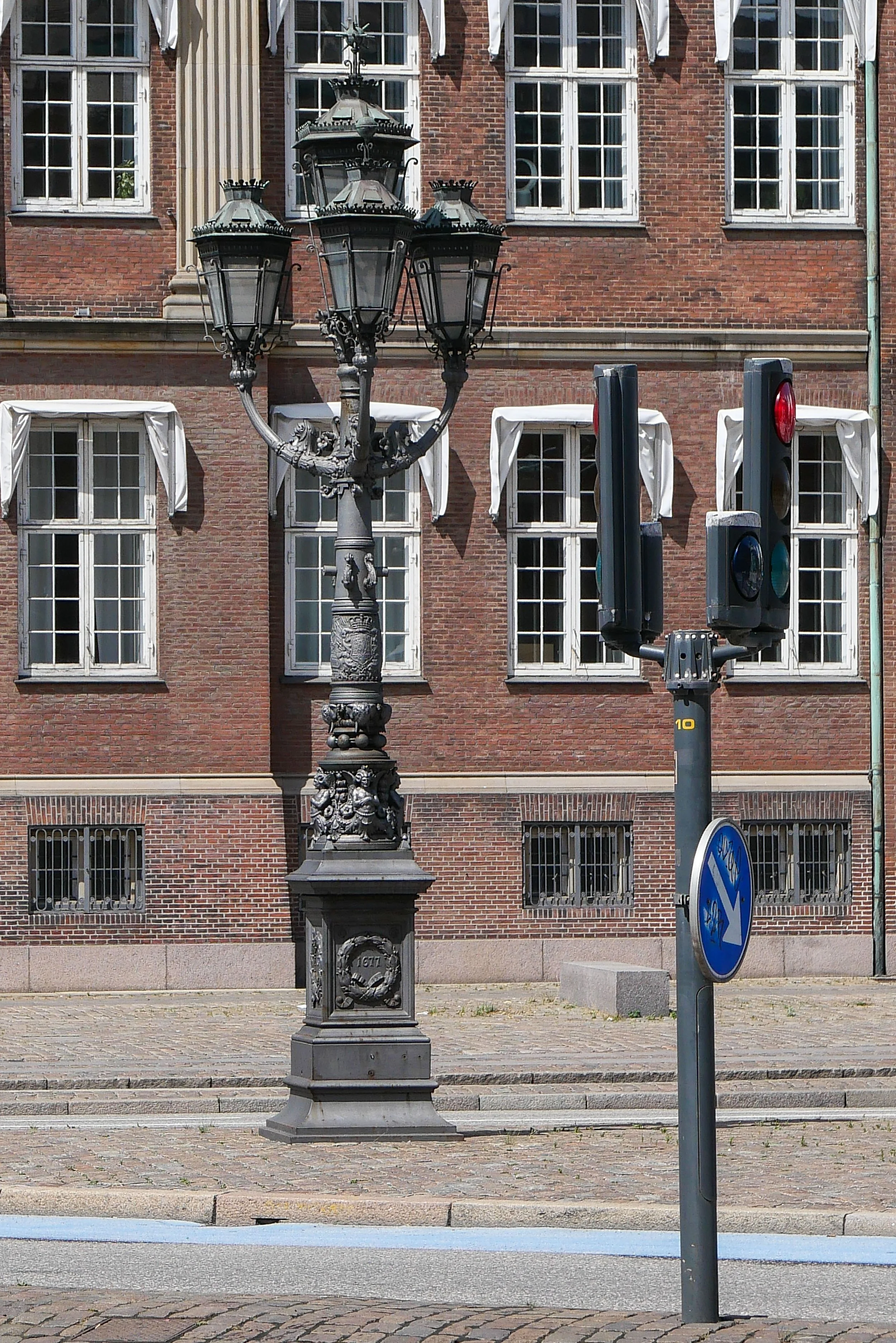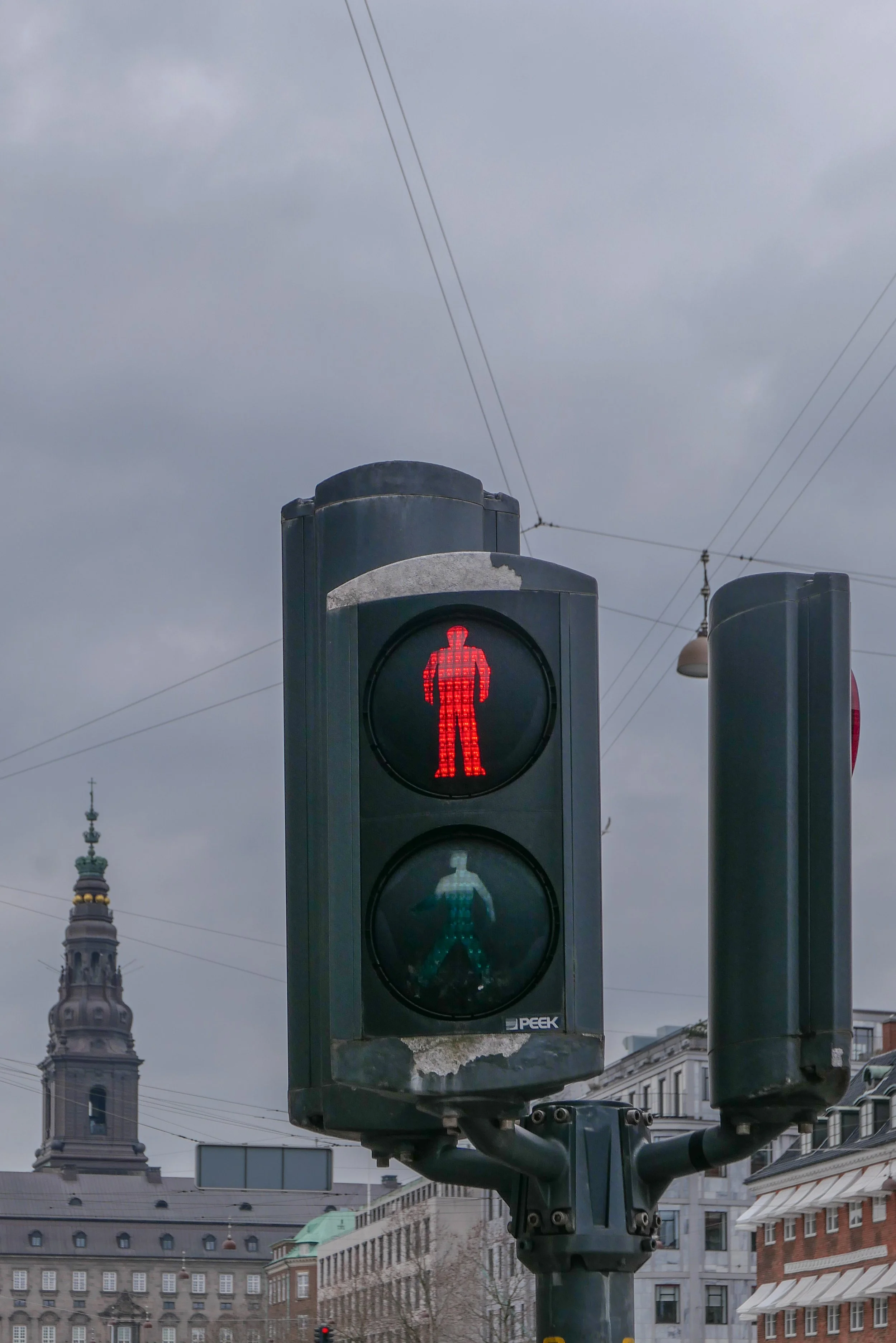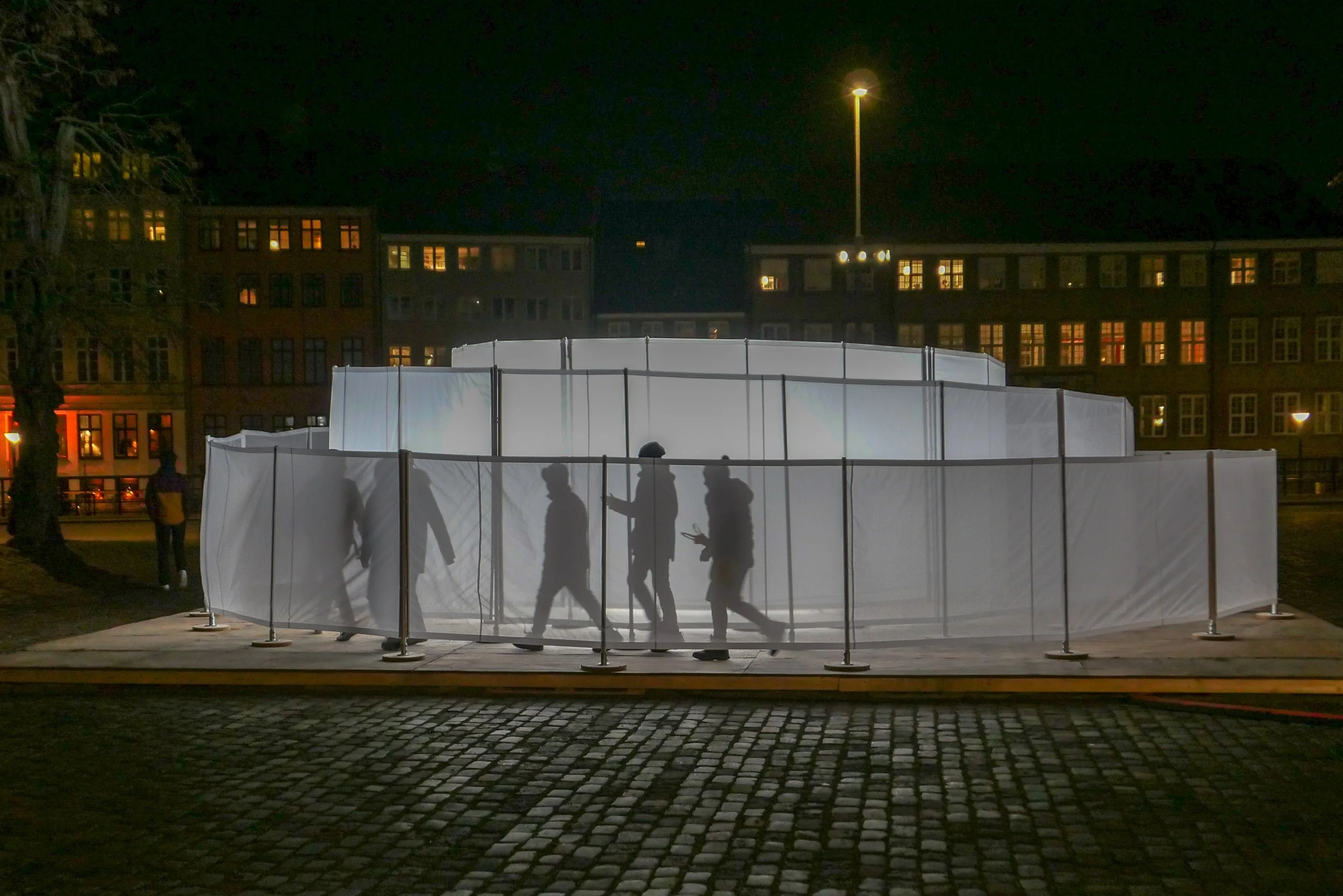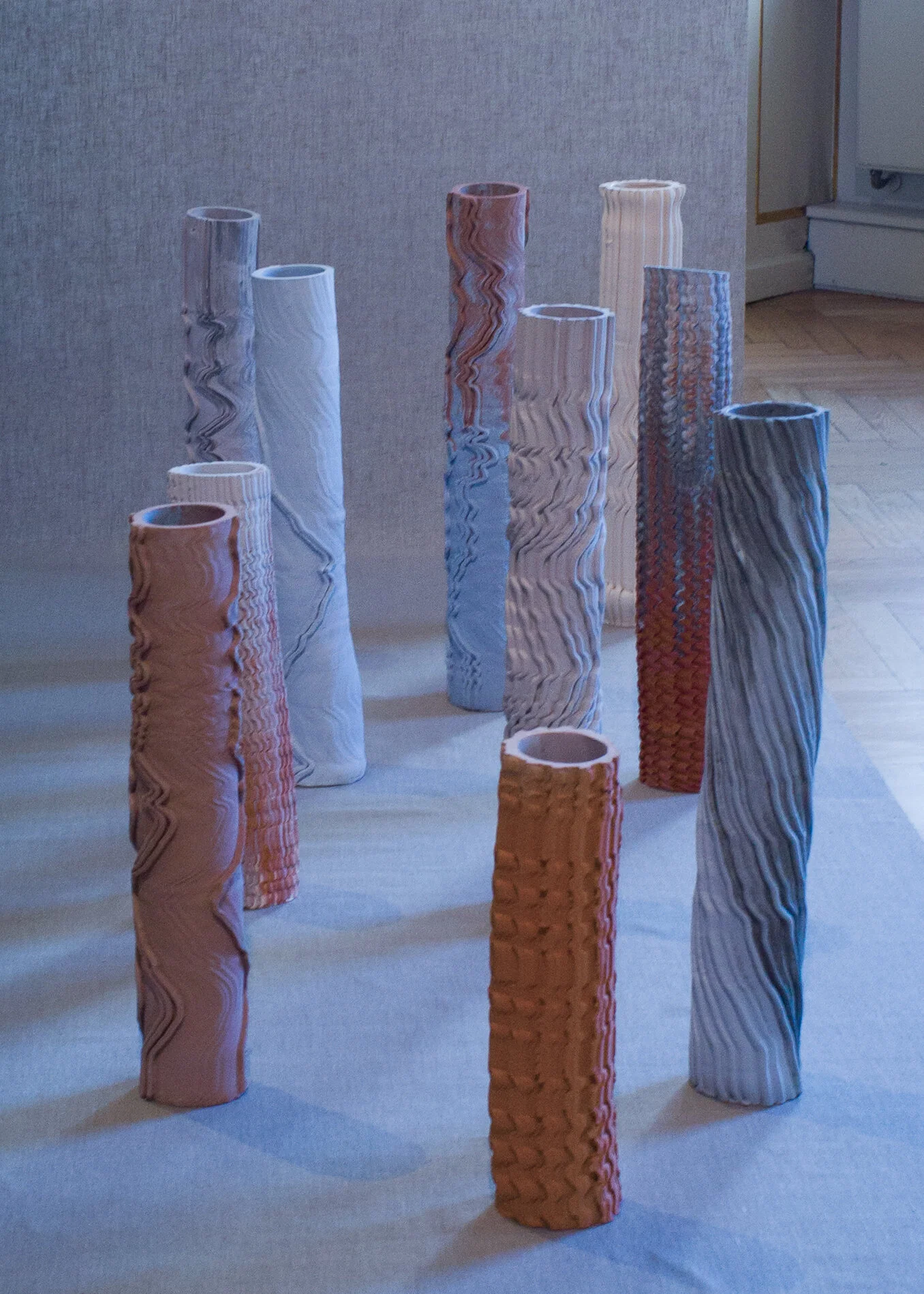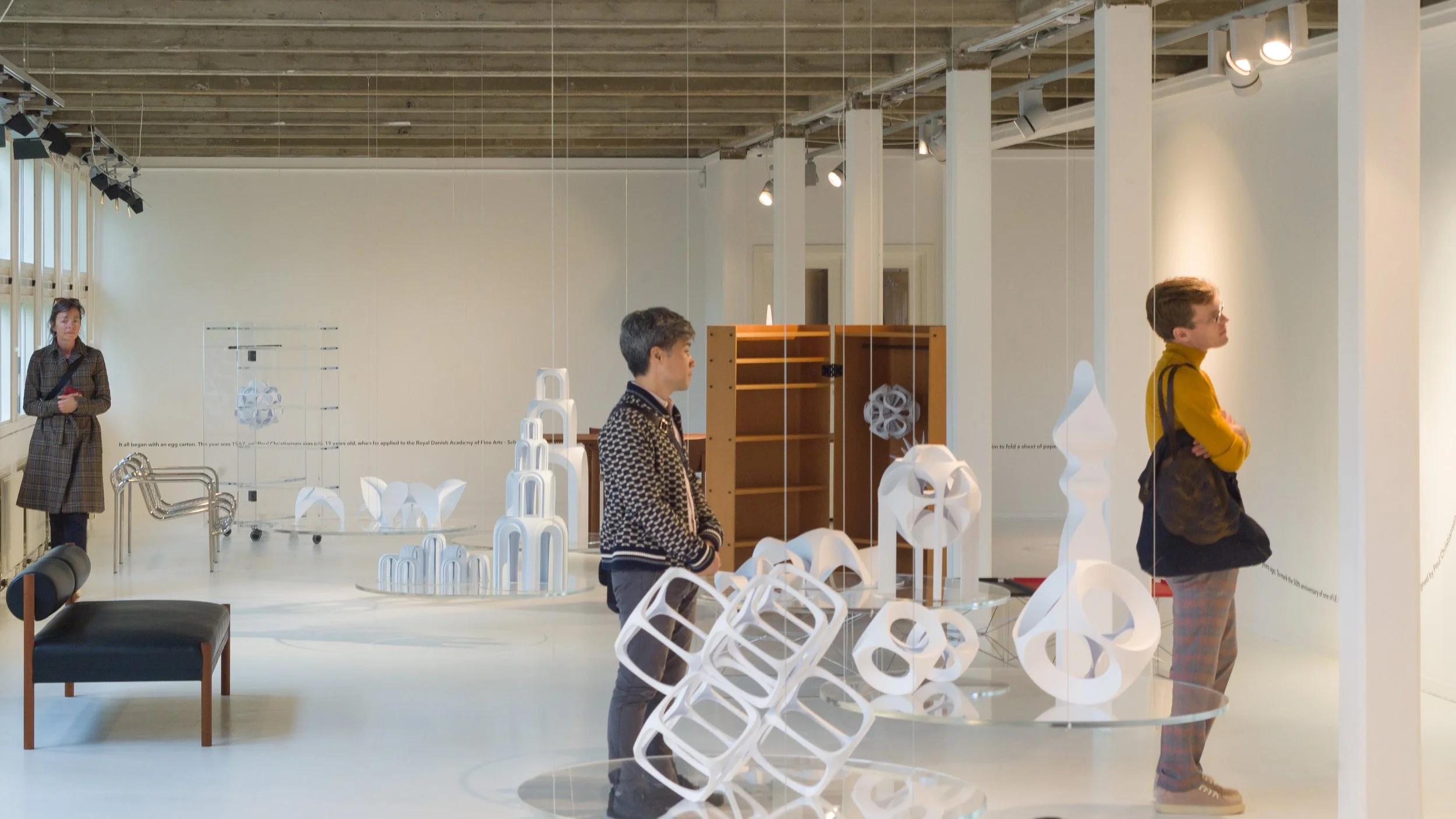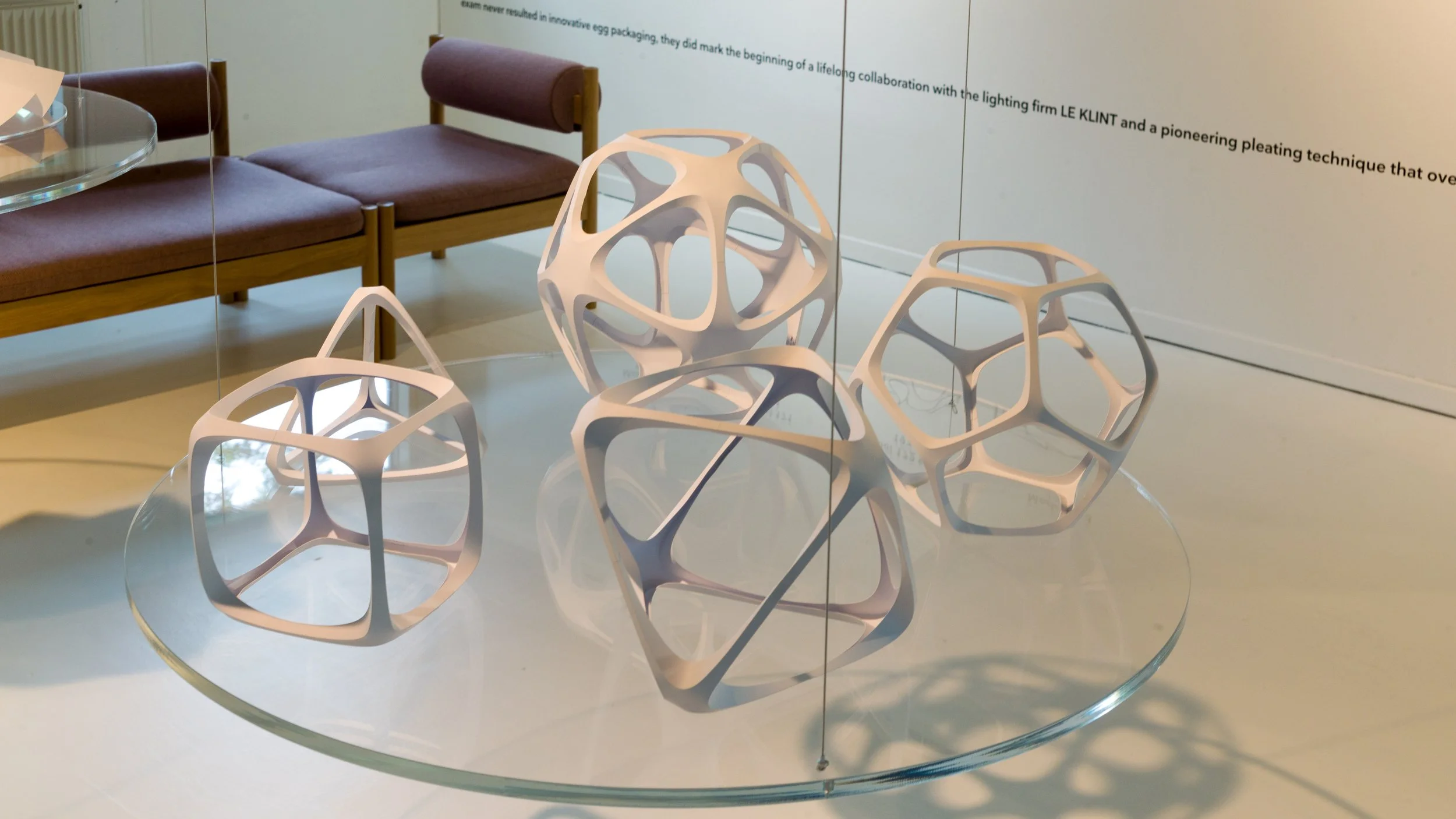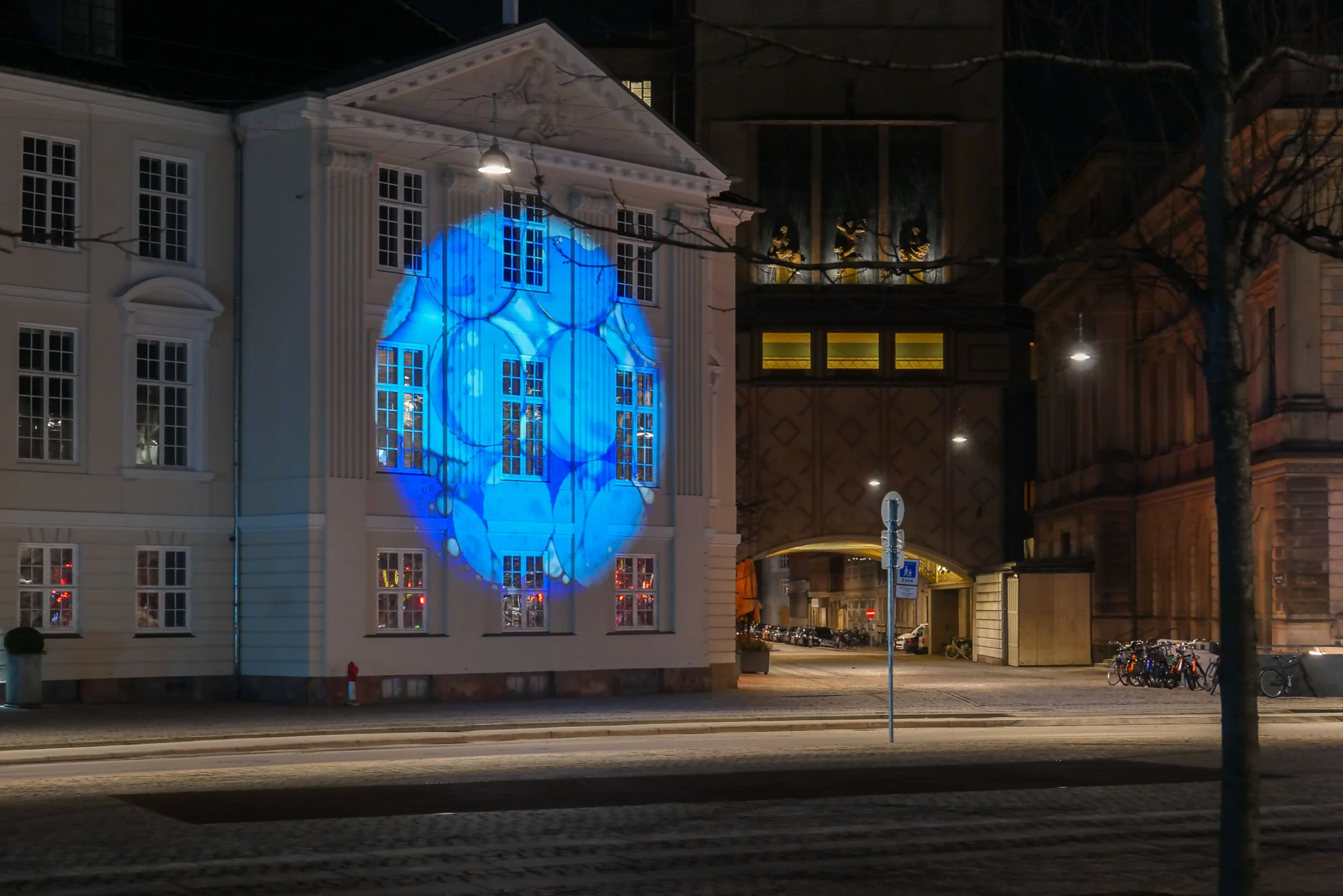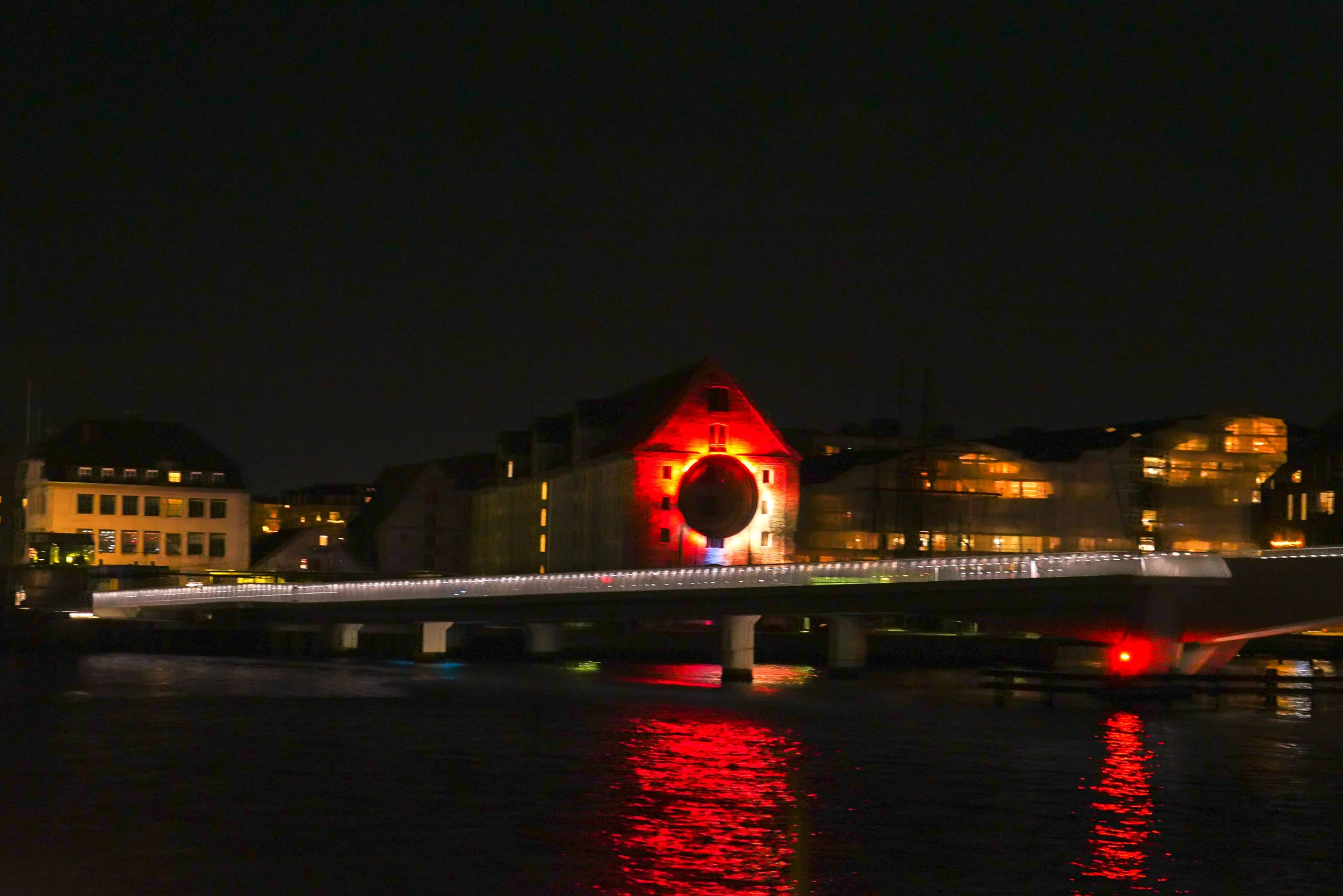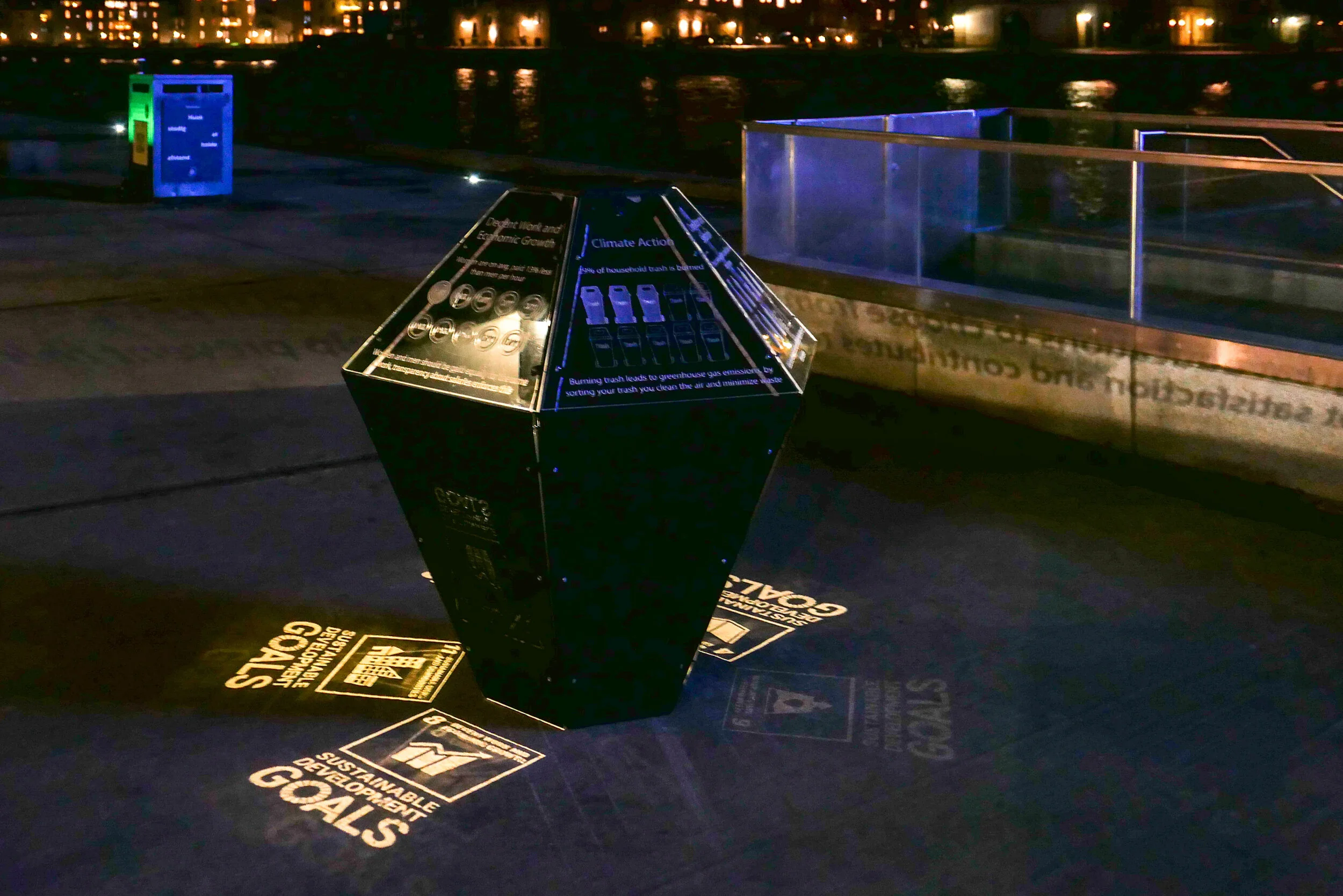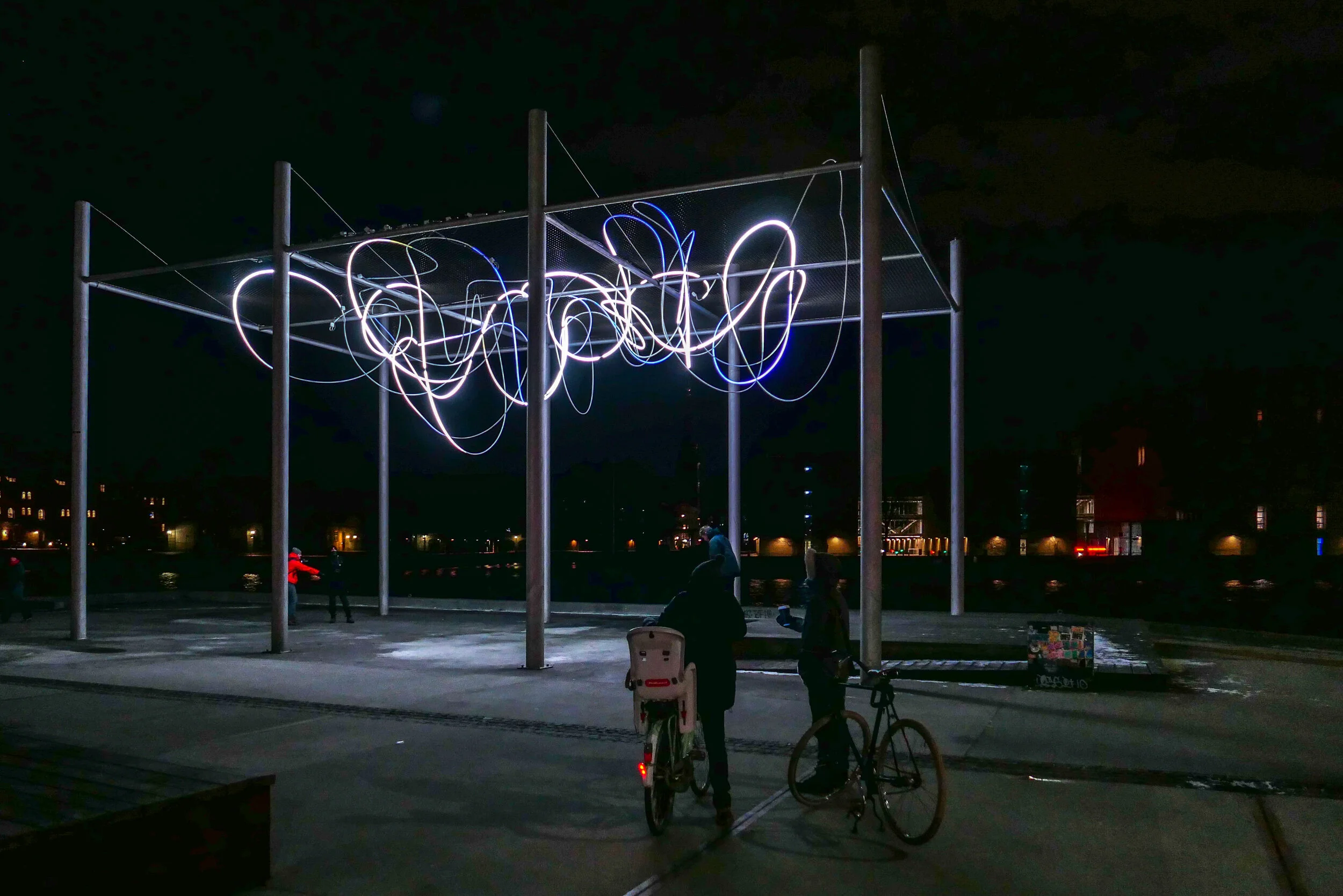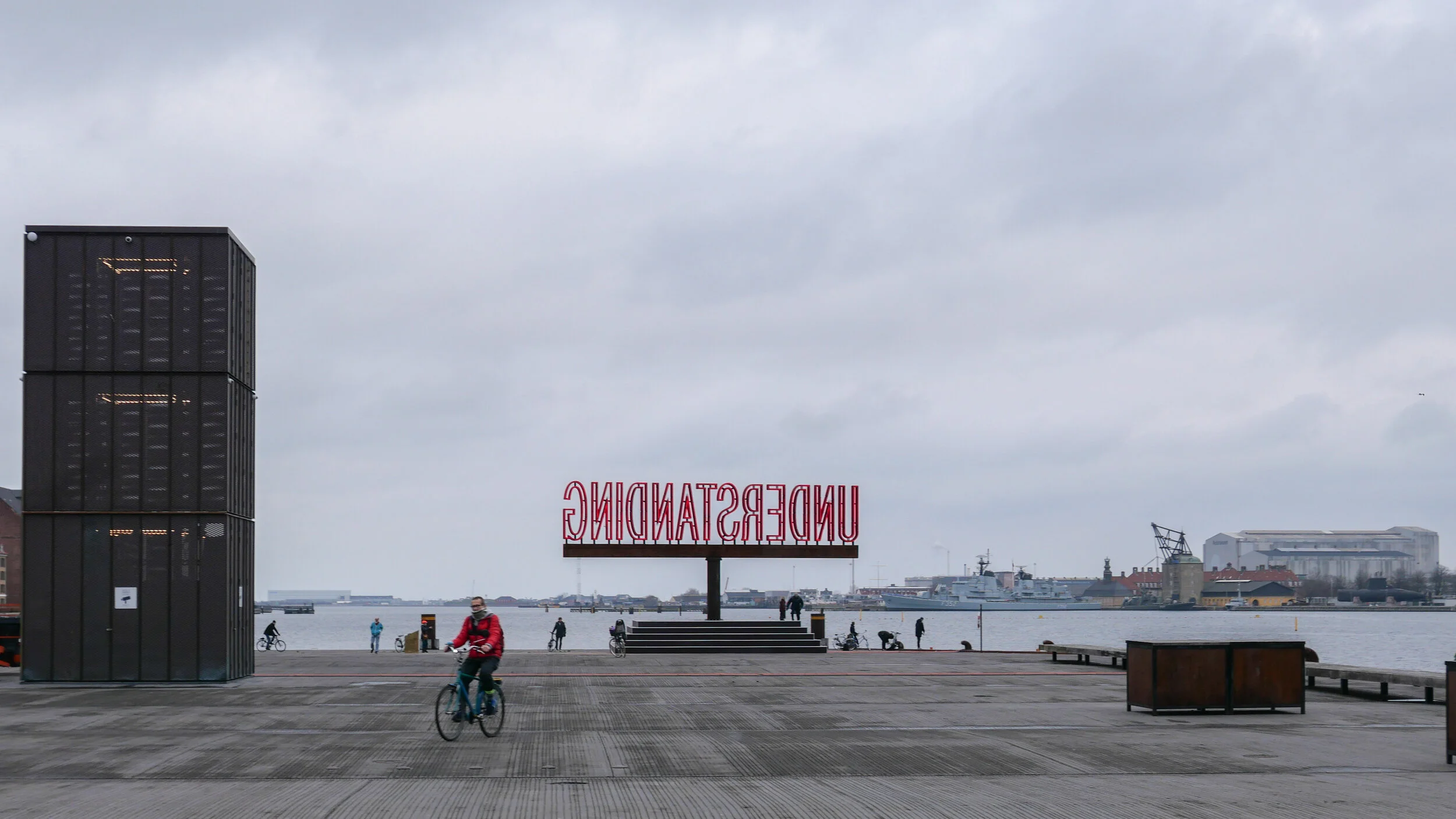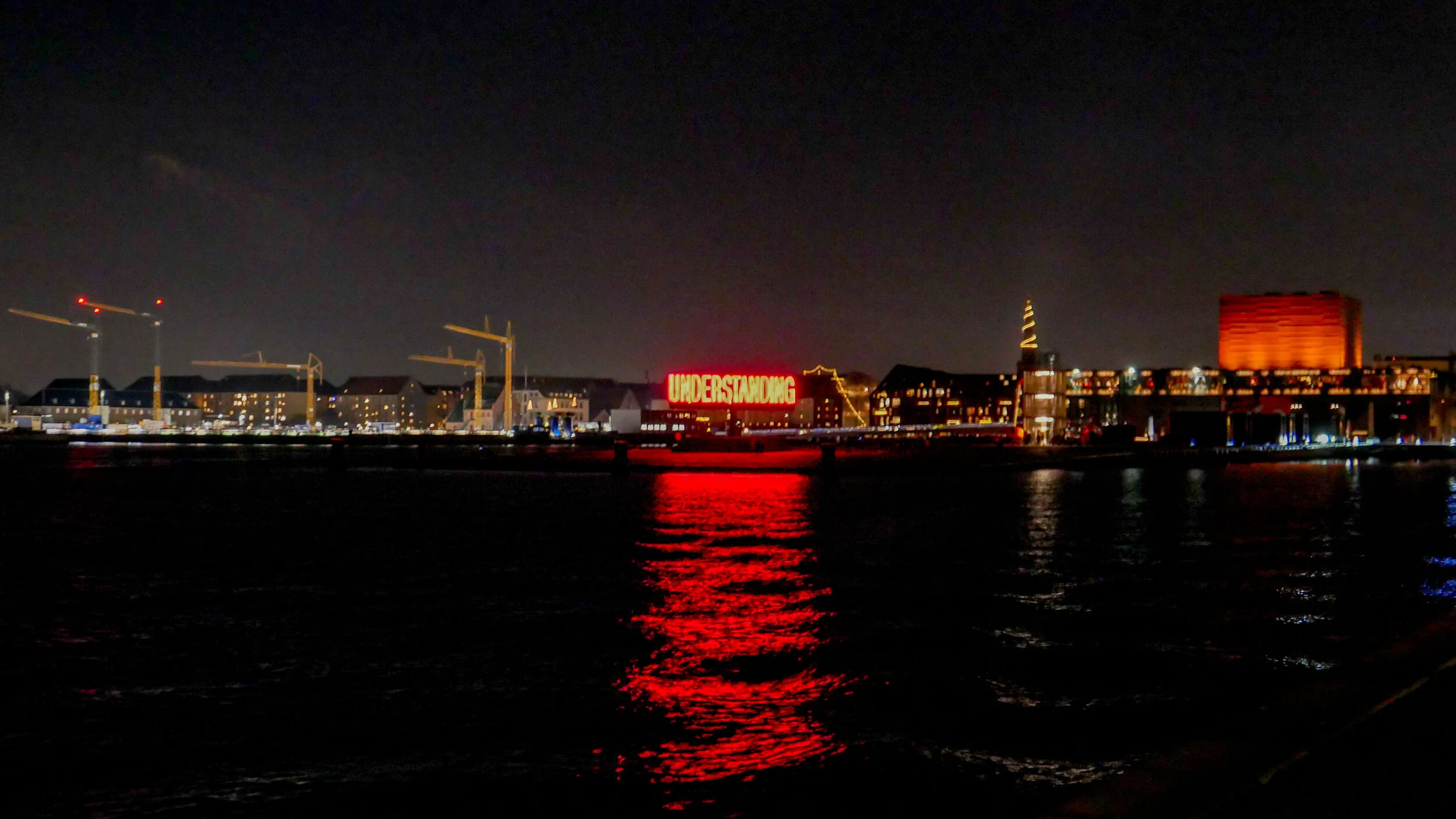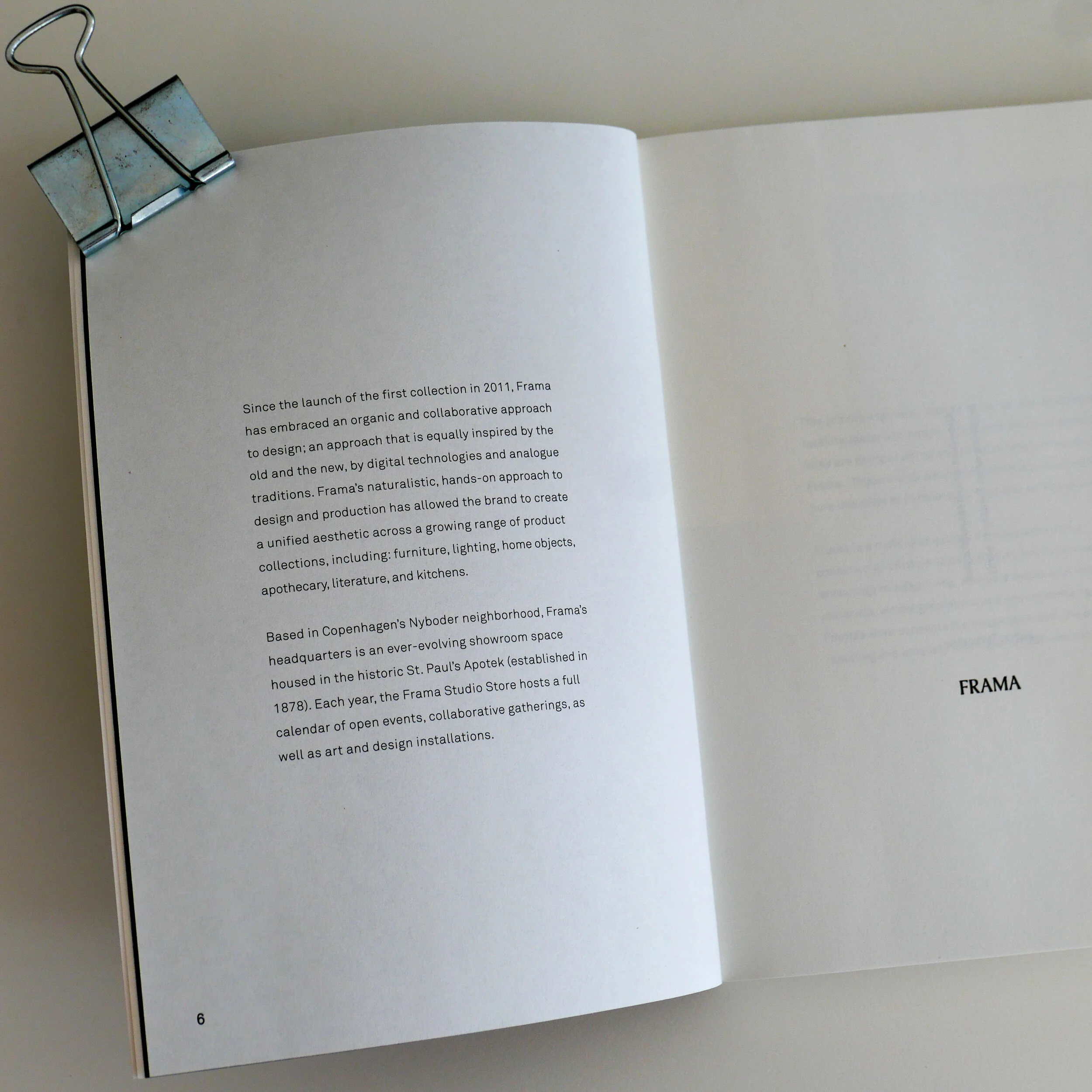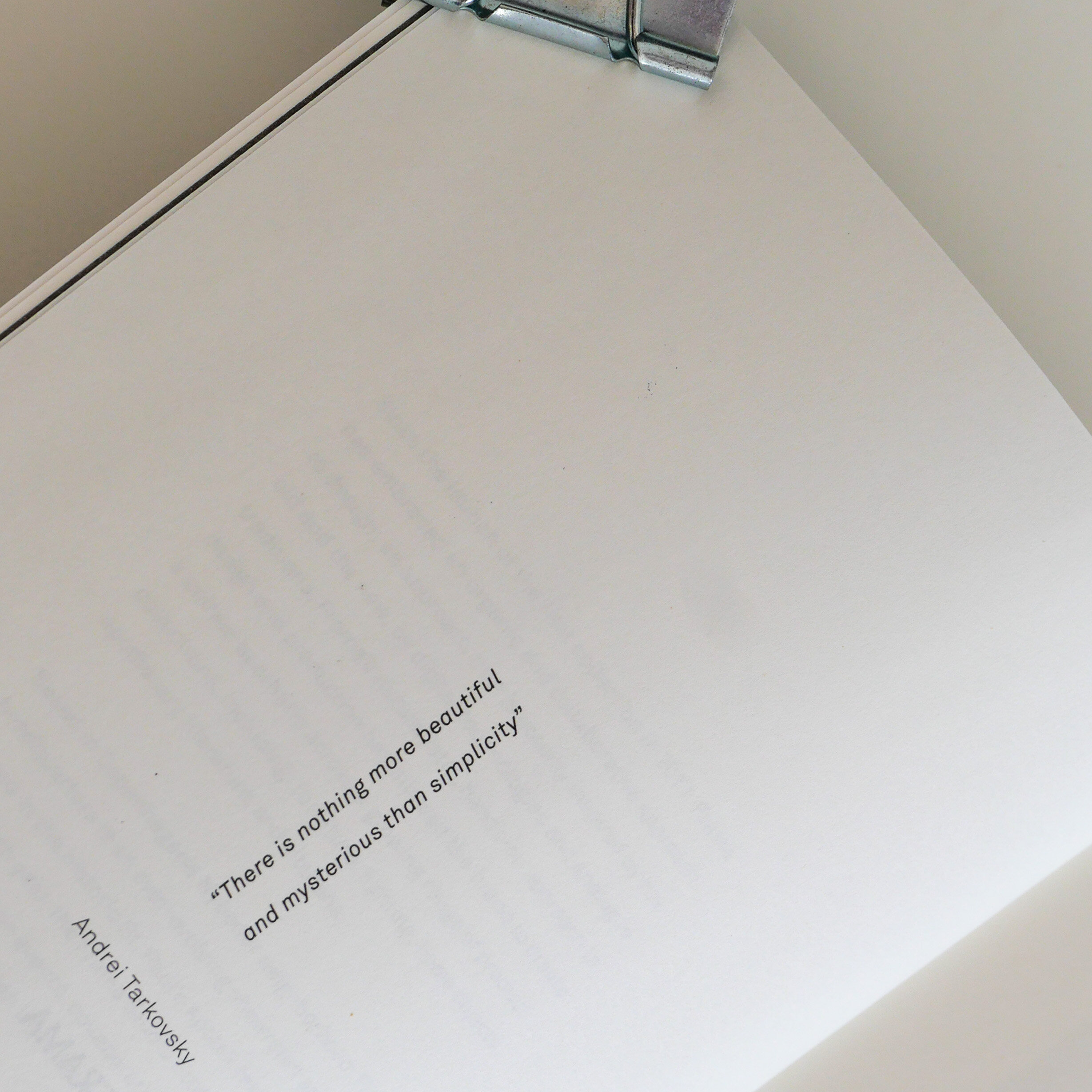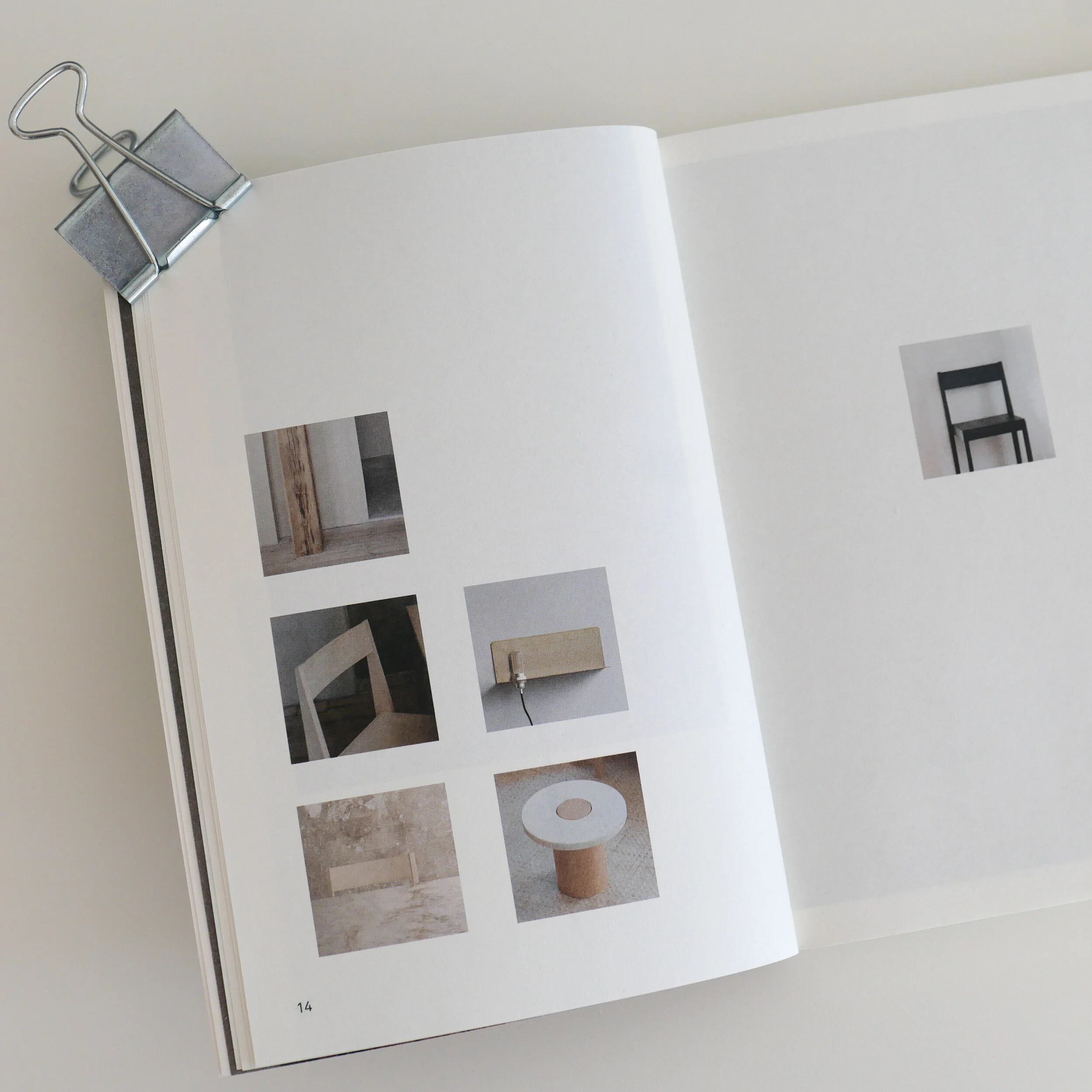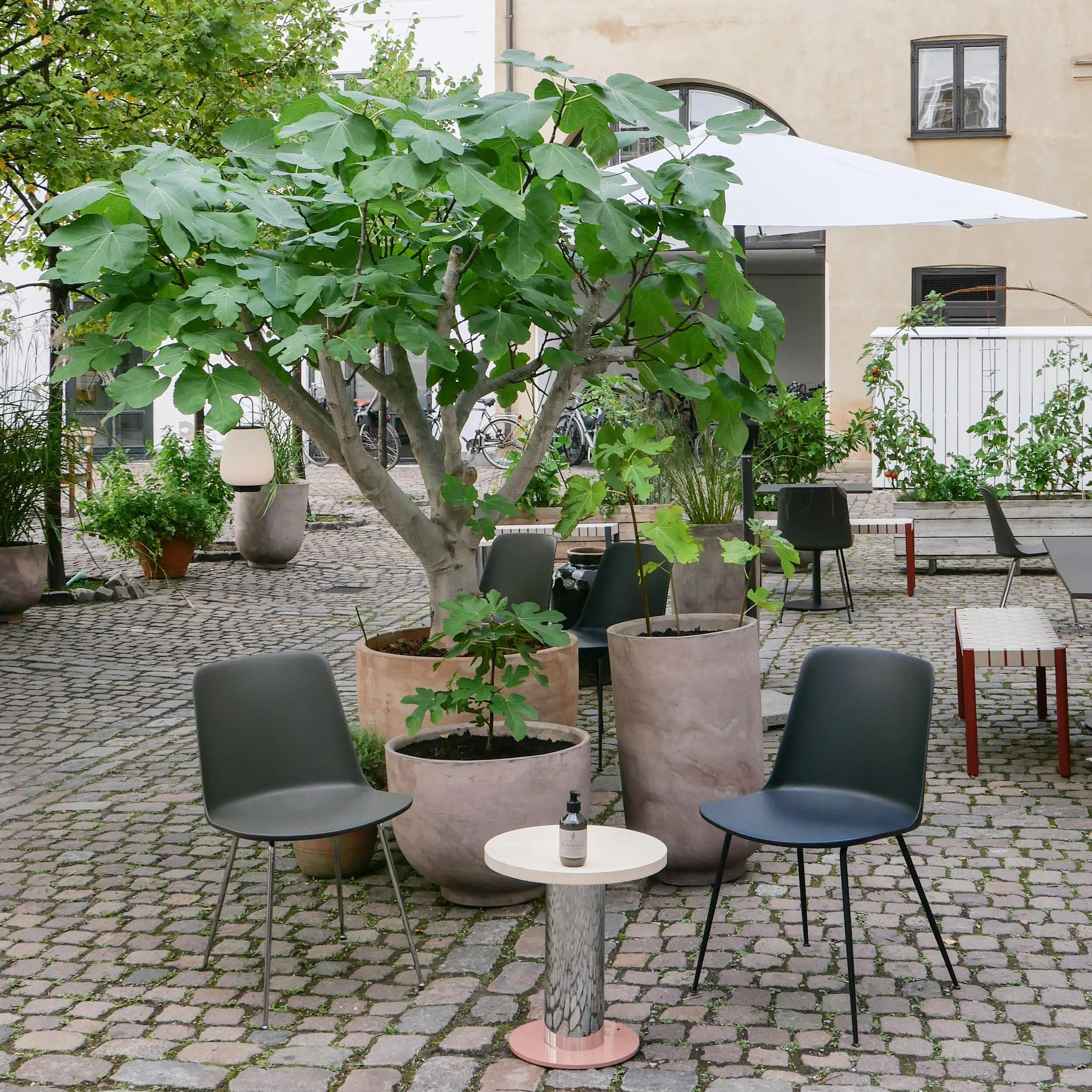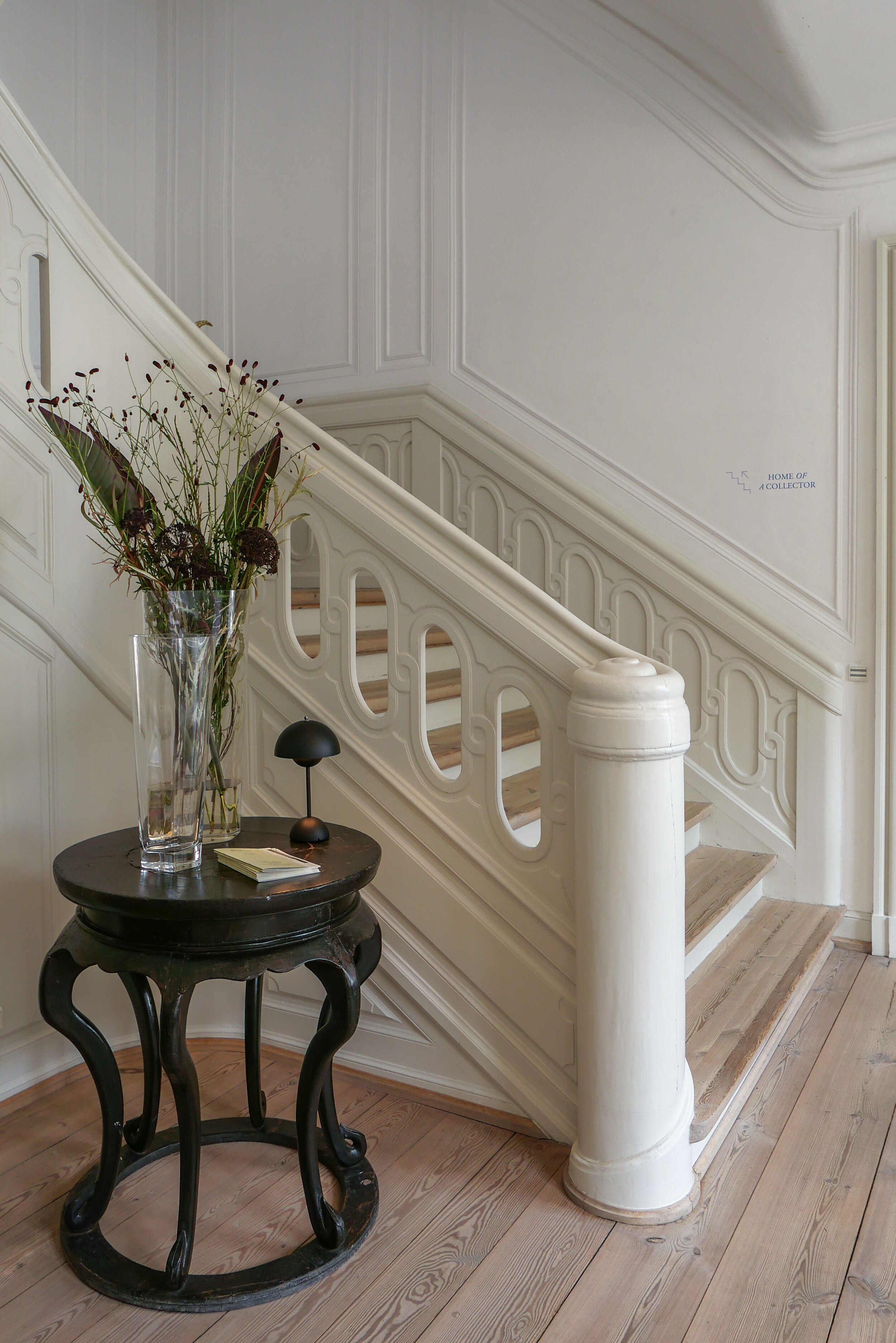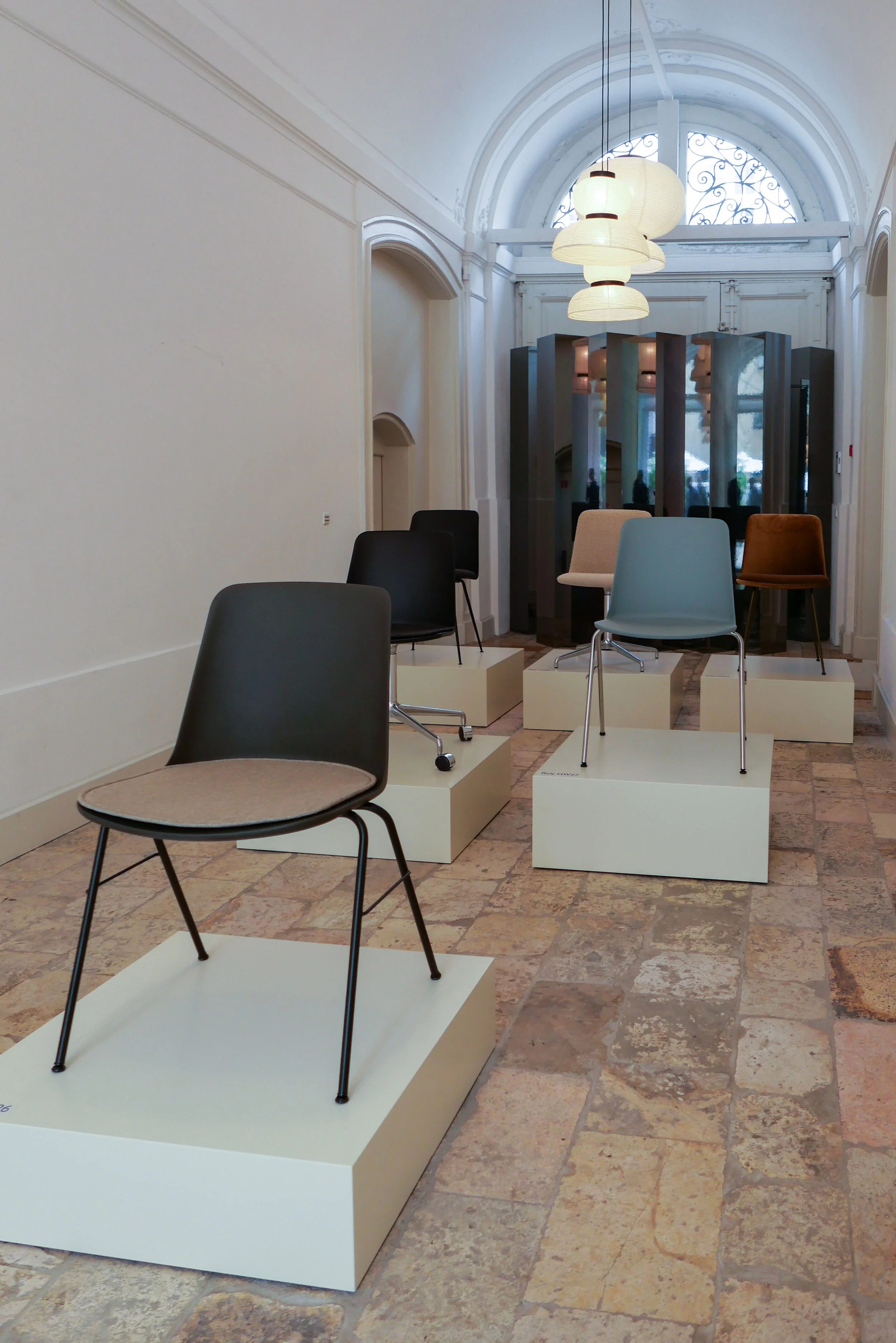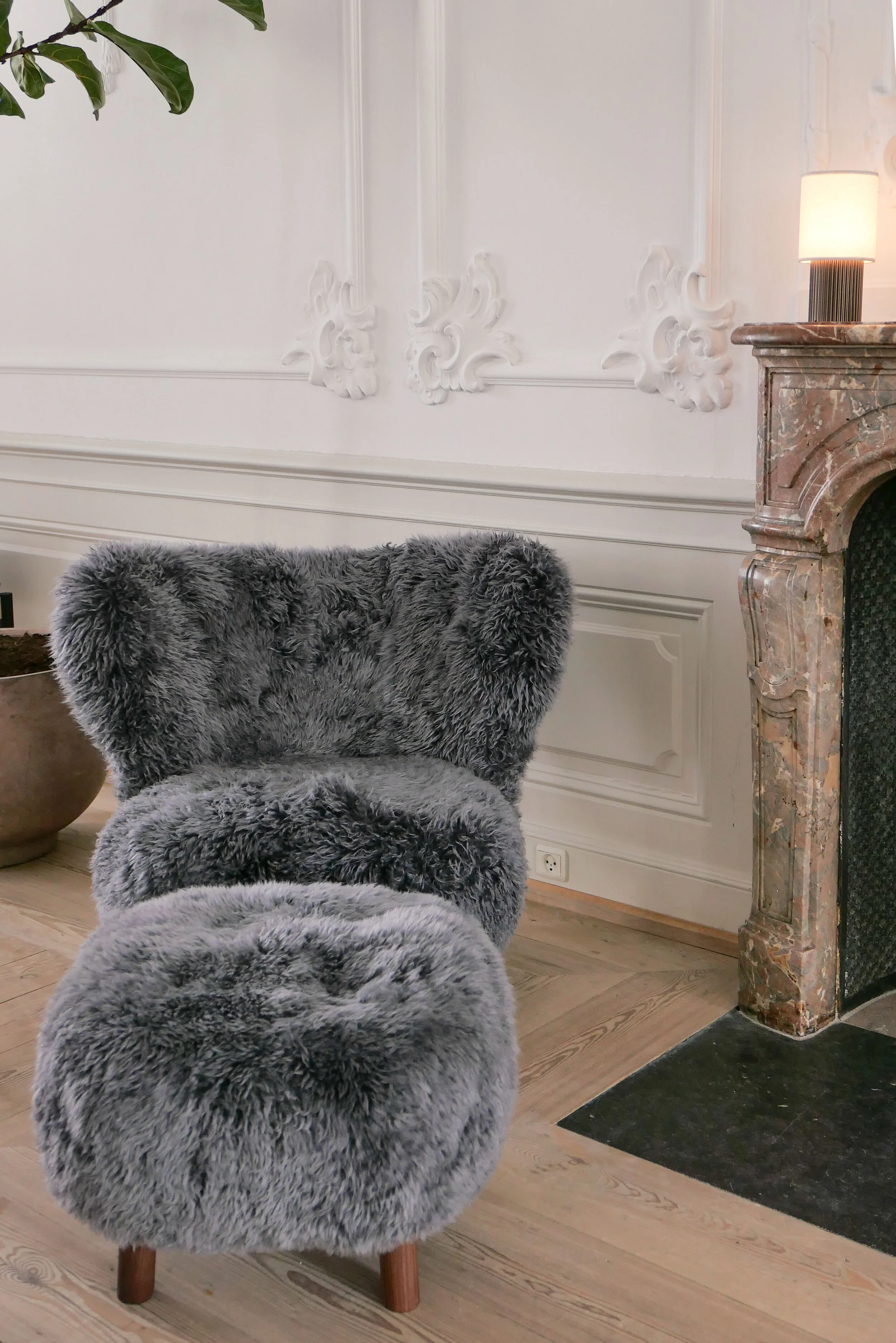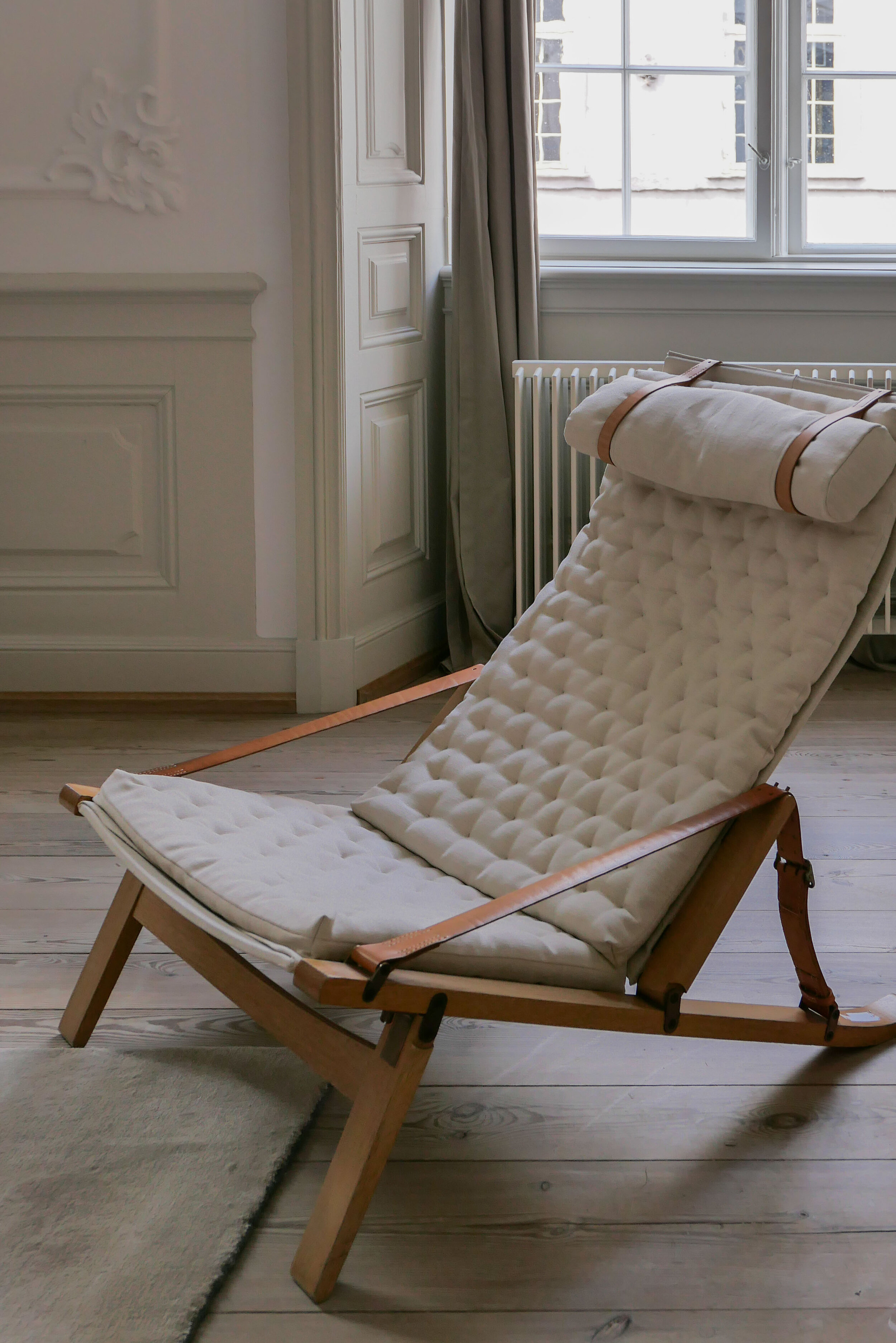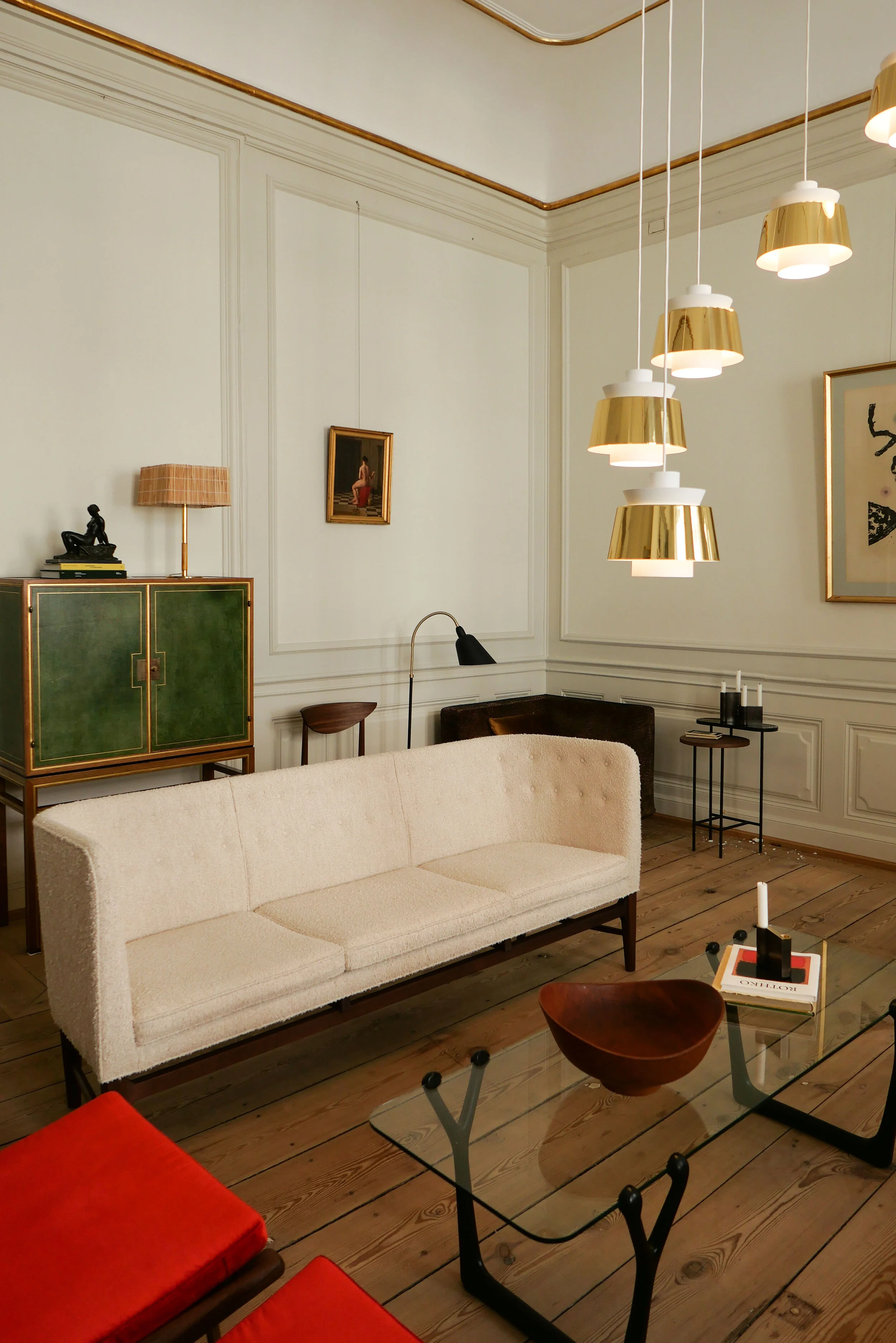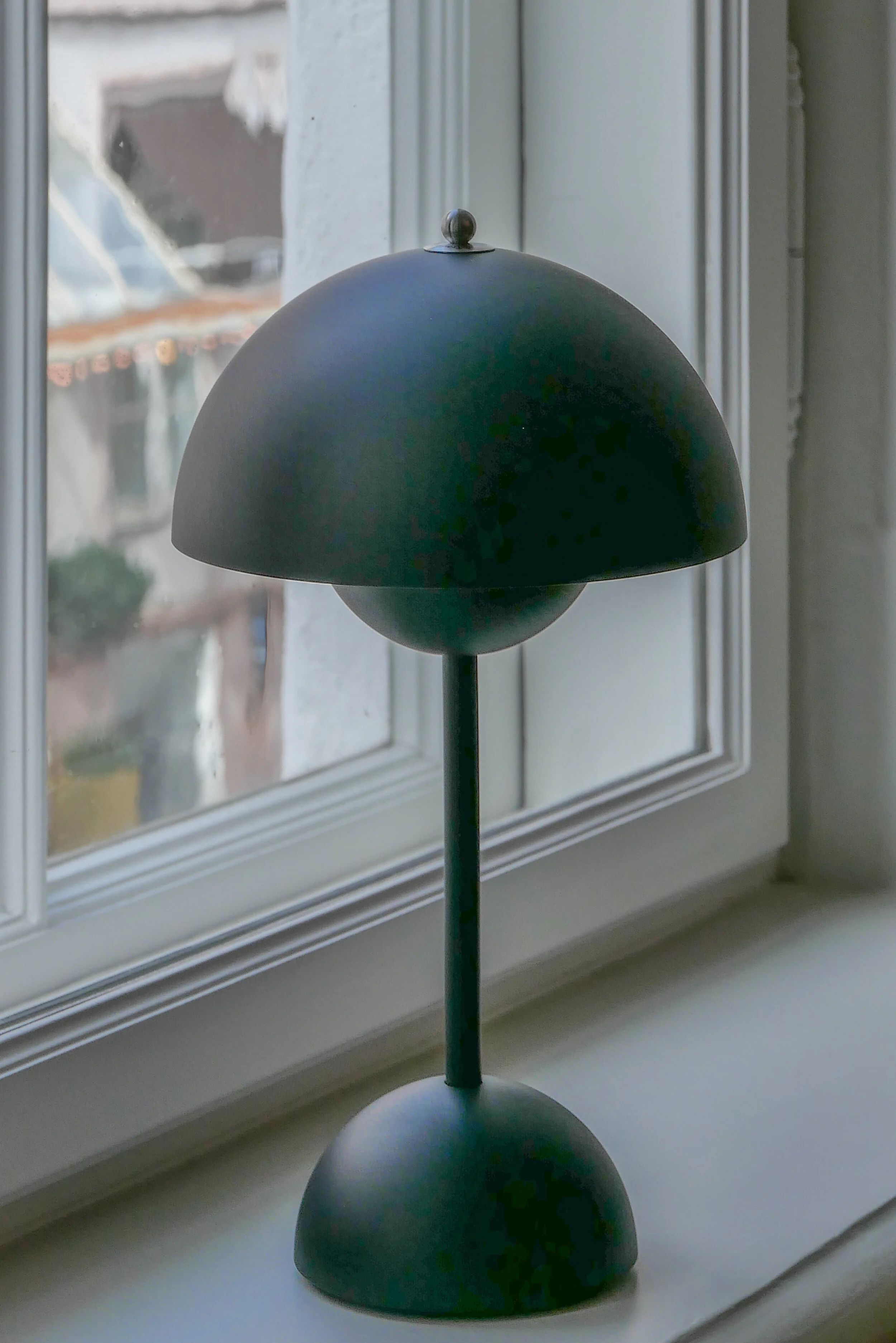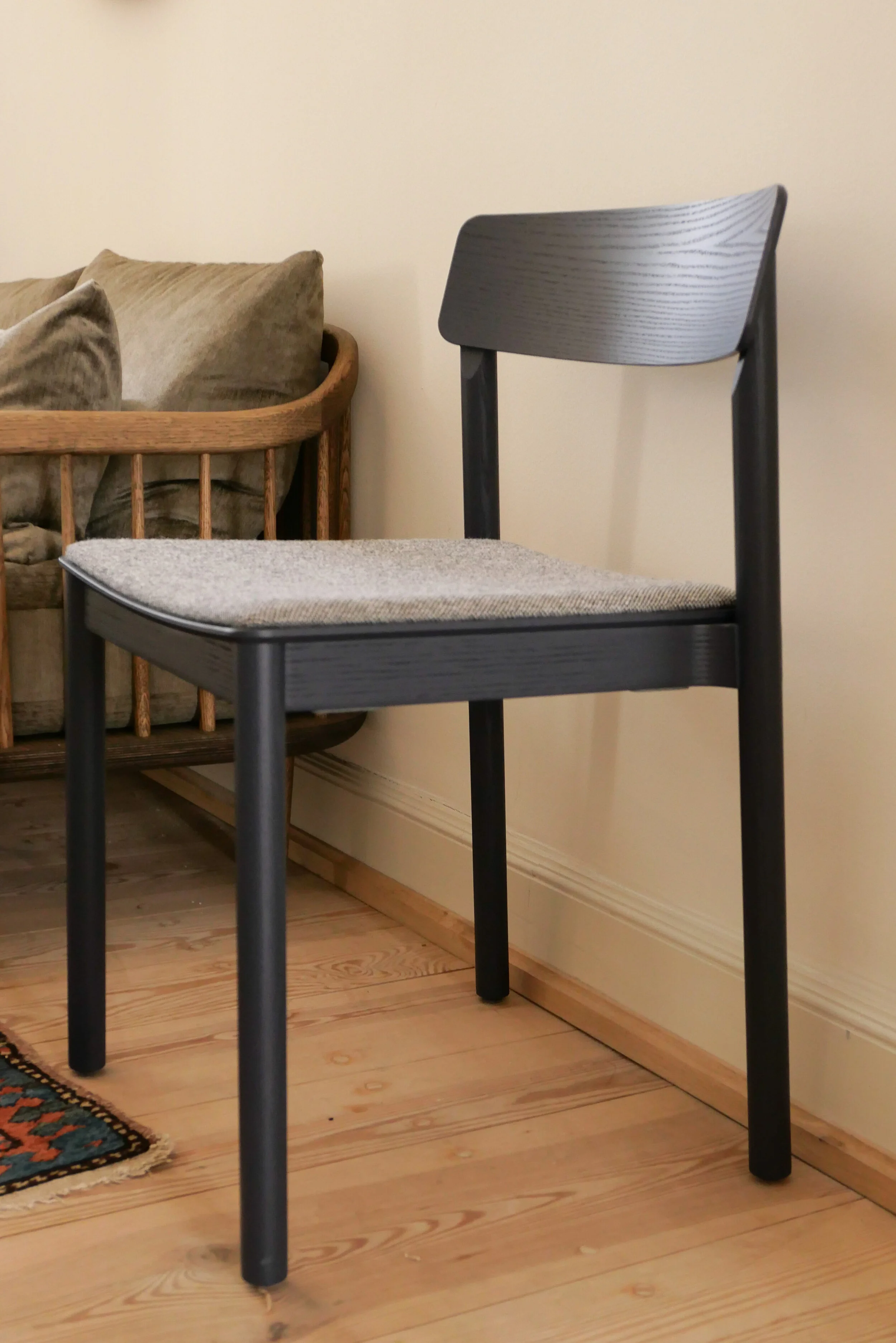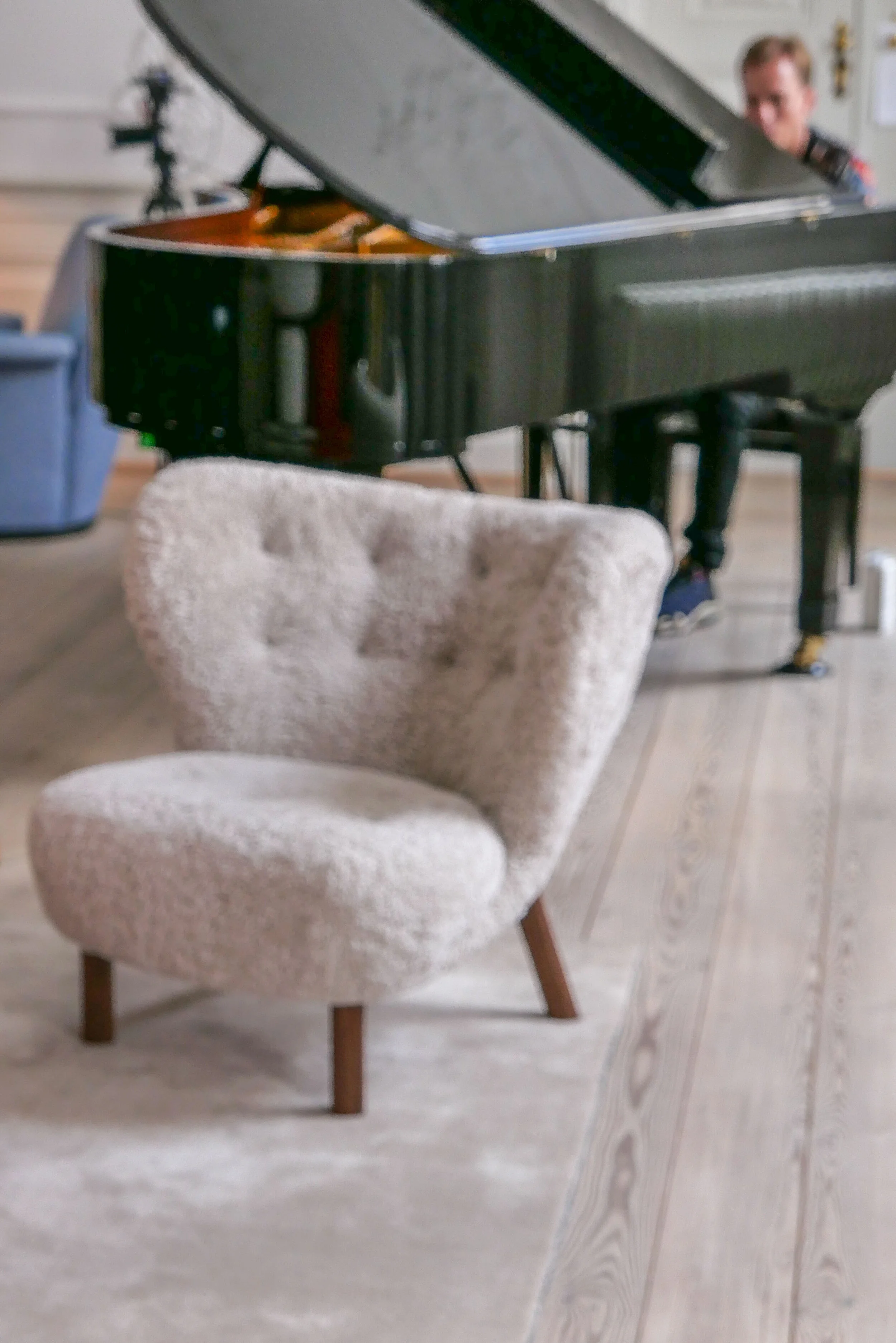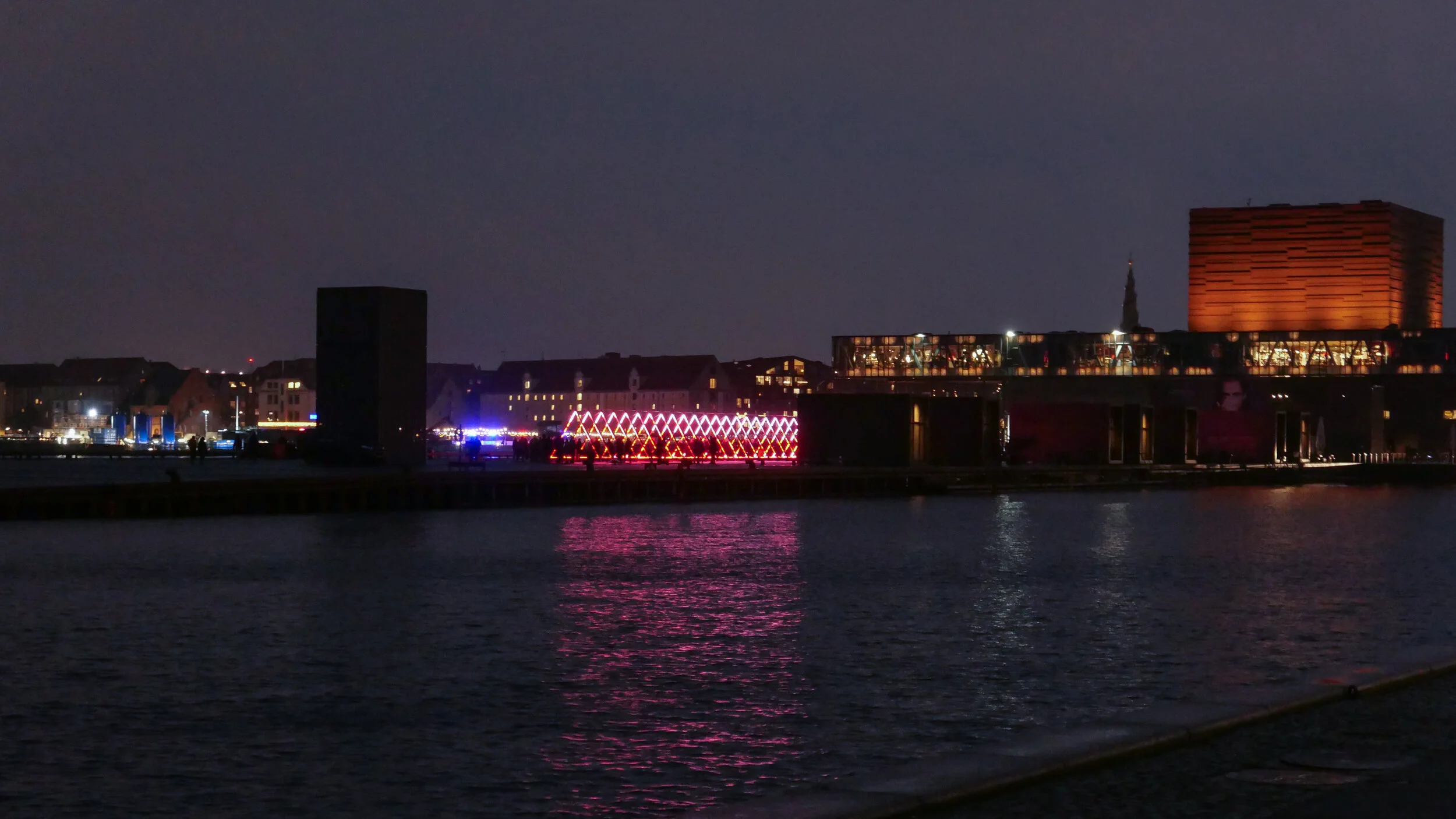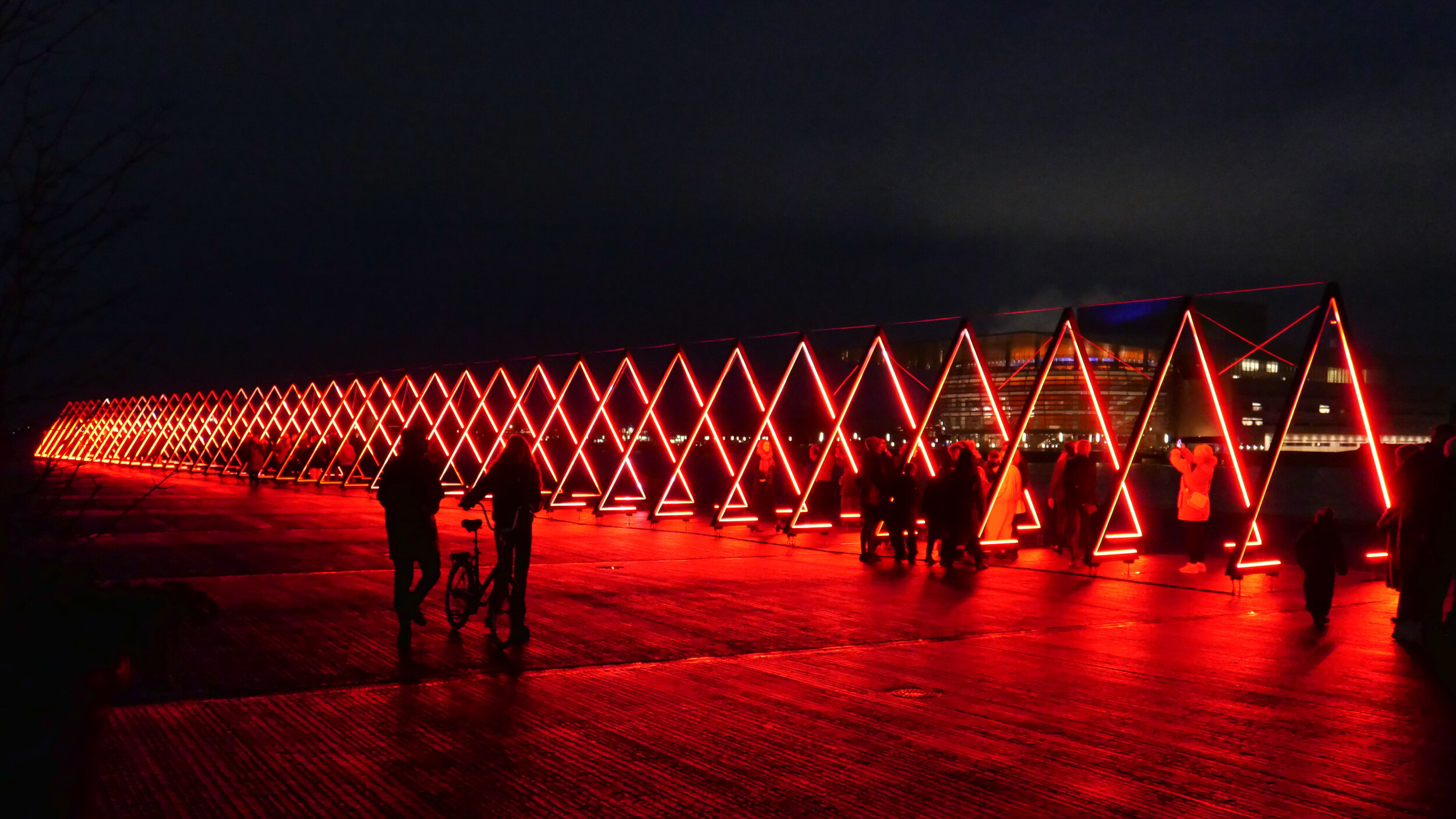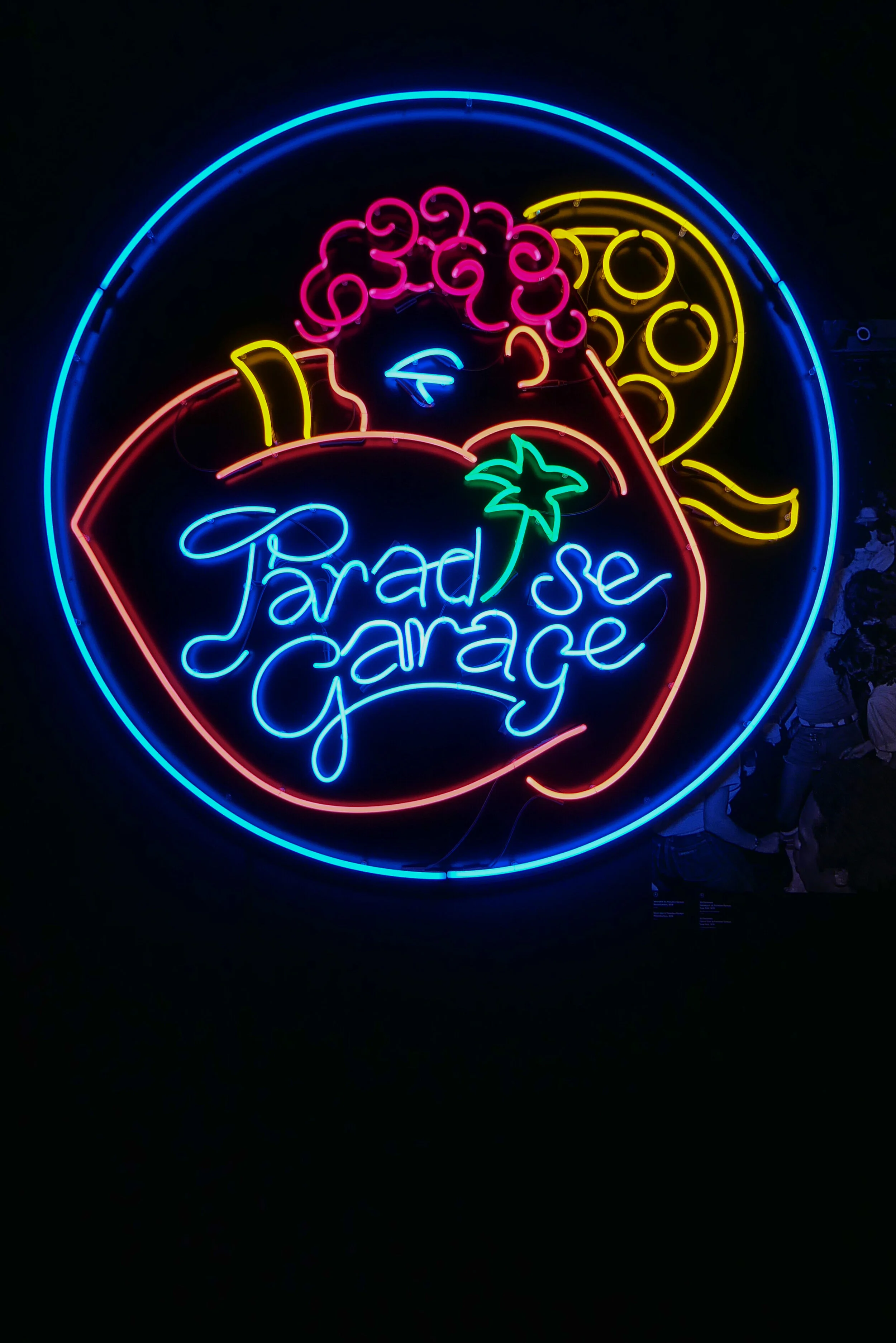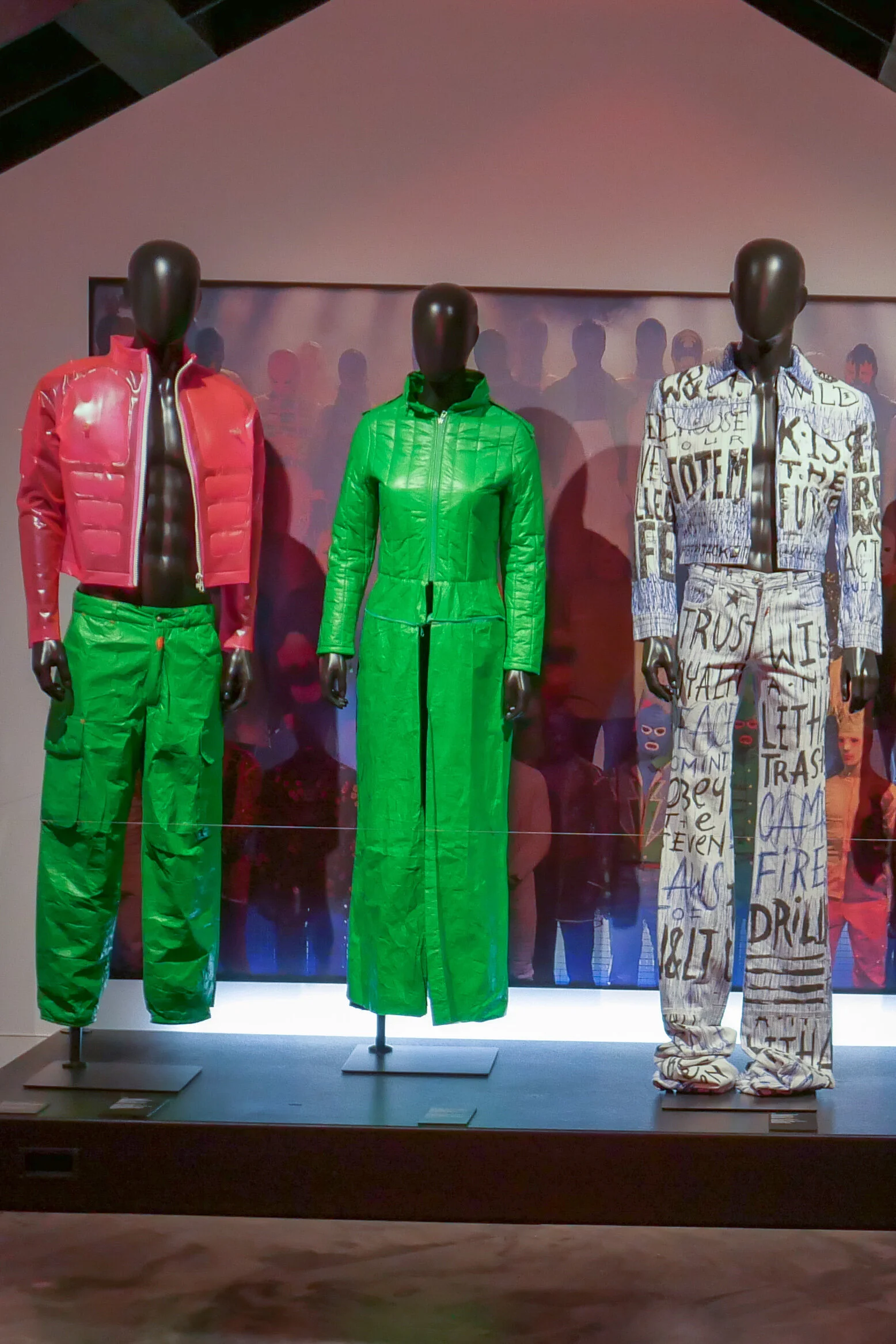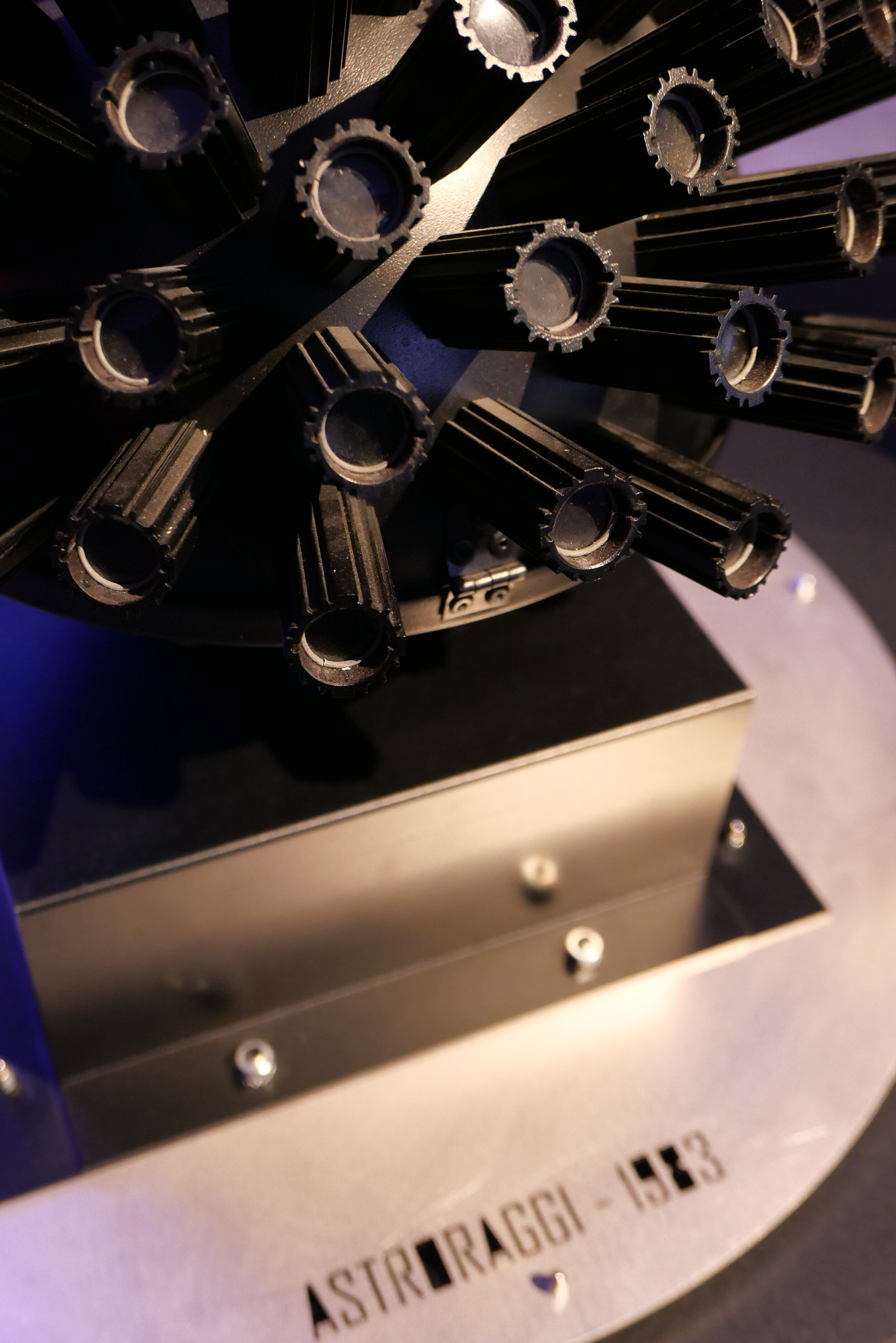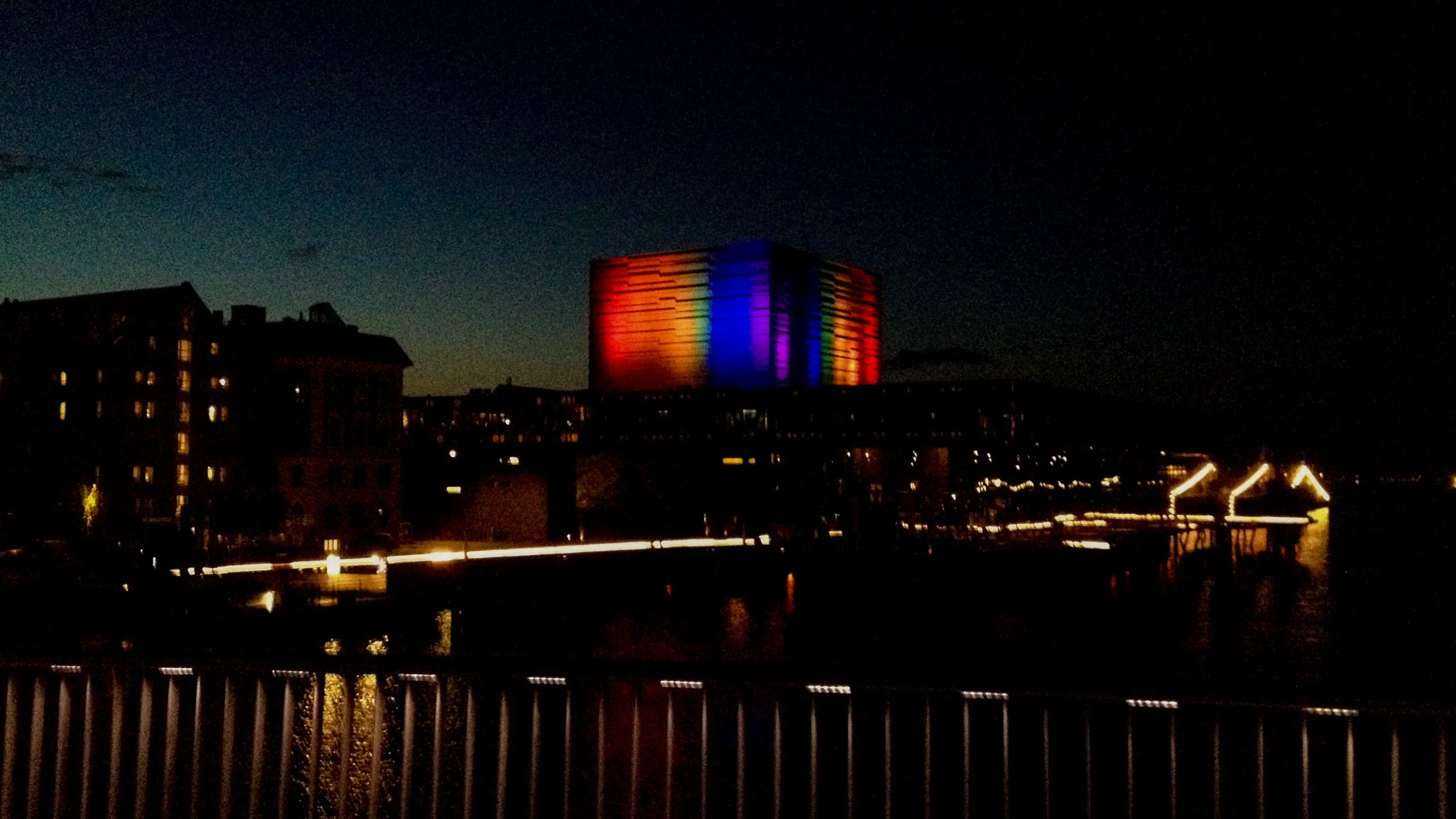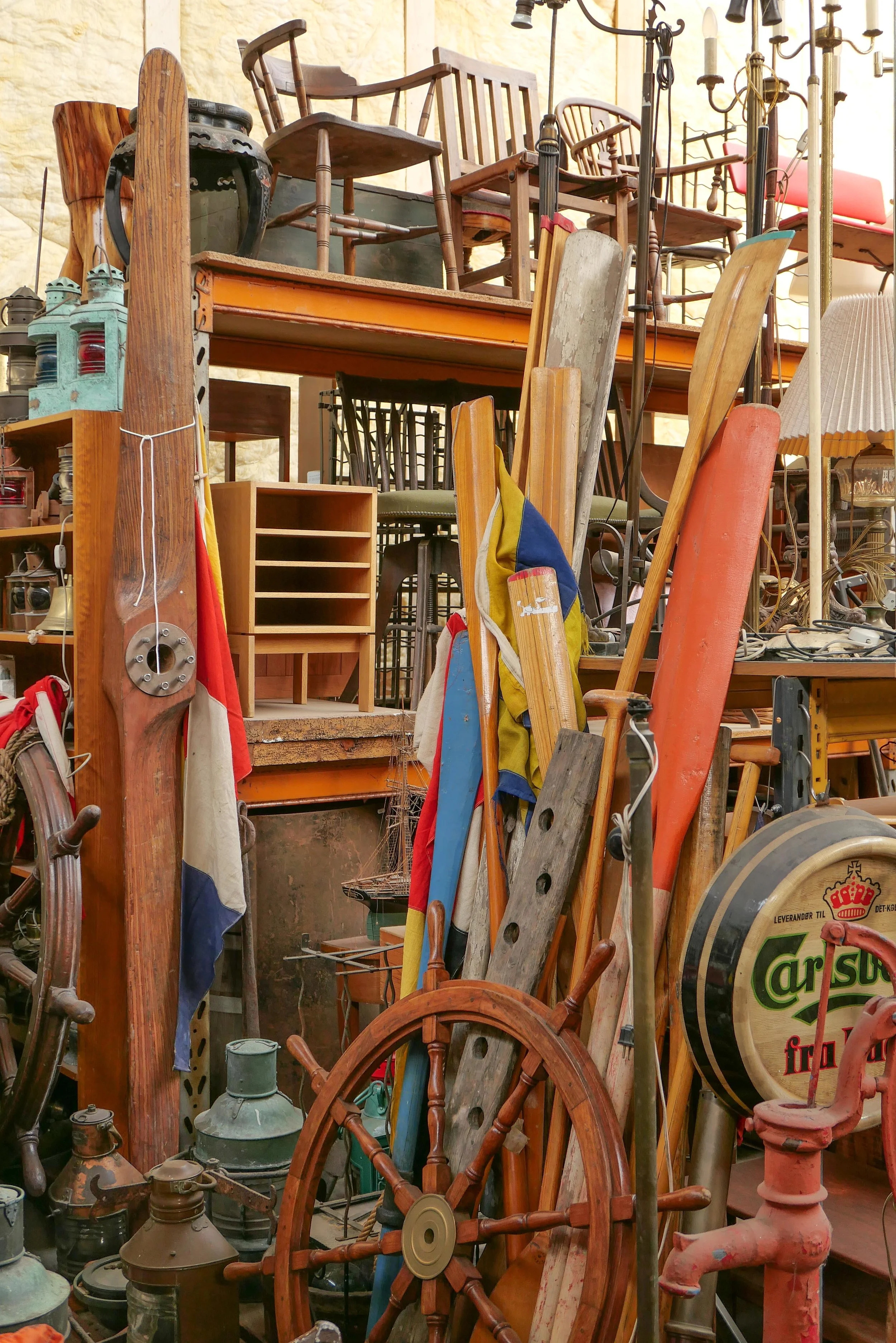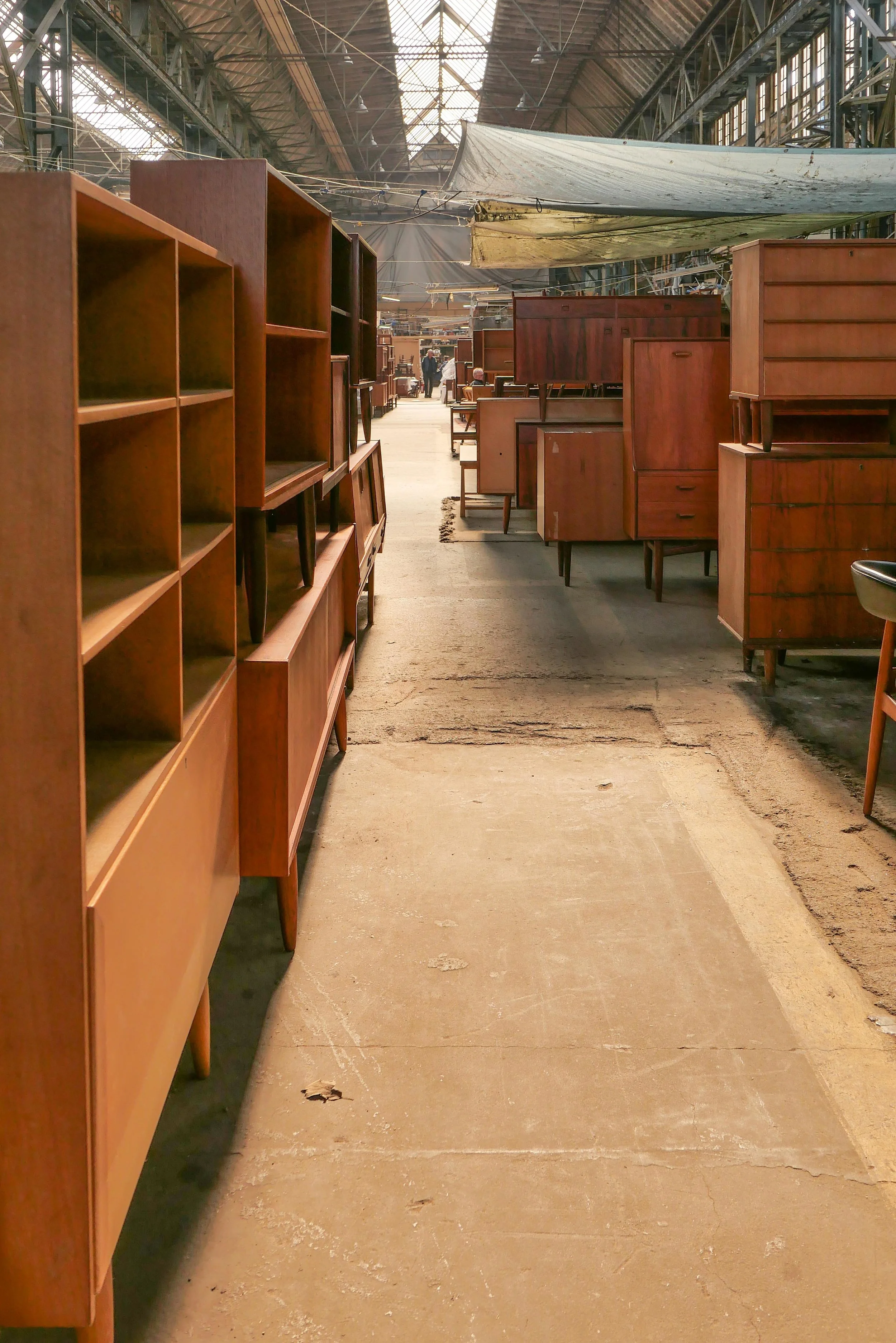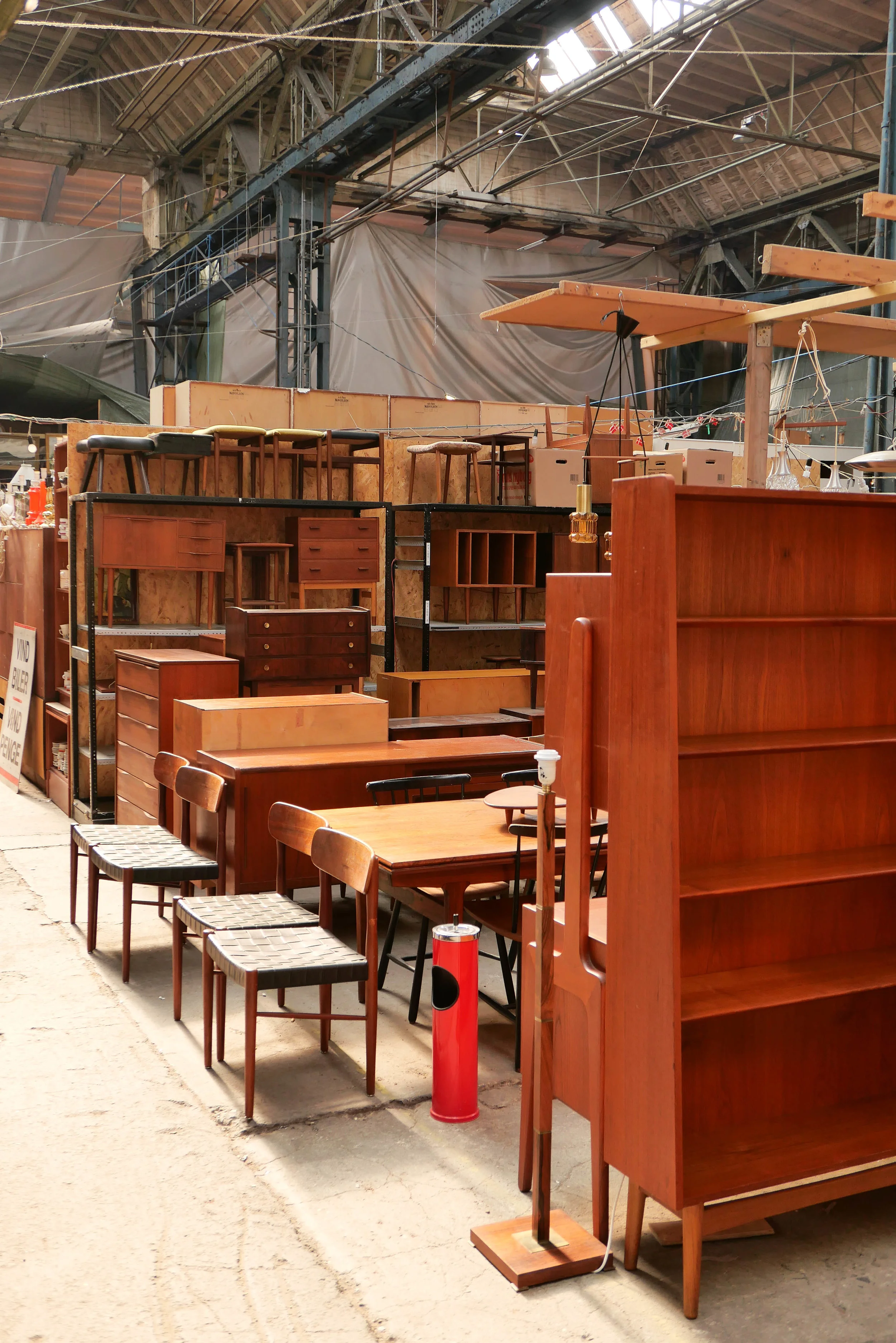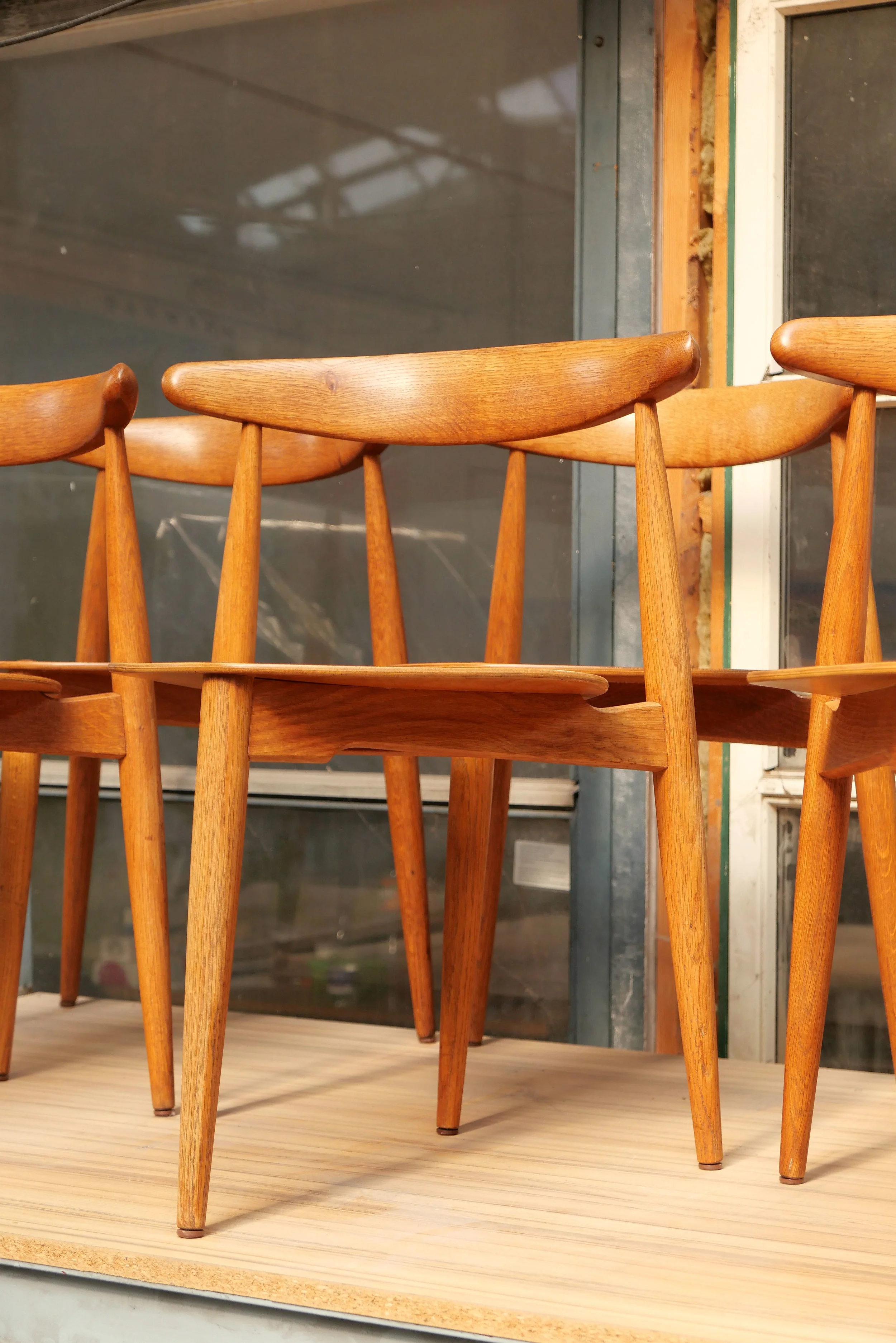The catalogue for Frama Permanent Collection includes interesting quotations and some short comments or statements that hint at the ethos of the studio and stress the use of natural materials and the ‘simple geometries’ of the designs ‘resulting in a uniquely warm and honest aesthetic’.
Photographs show the furniture in stark and simple interiors so in a strongly defined space but not in an obvious room to blur any sense of a specific place.
The full catalogue has simple, neat, useful, outline drawings and basic information about designers and materials and dimensions but not, significantly, the date of the design. Presumably, it is called the Permanent Collection because the intention is to remove any sense of a specific time.
My impression is that, having brought together a substantial body of work, Frama will now add to or edit this collection with well-measured discernment.
There are four sections in the catalogue with:
ESSENTIALS
described as "utilitarian pieces" that includes the hall-mark, metal-framed, stools by Toke Lauridsen; the low aml stool in wood by Andreas Martin-Löf; benches; Chair 01 by Frama; a daybed; Shelf Library by Kim Richardt; box units in aluminium by Jonas Trampedach and the round and the rectangular trestle tables by Frama Studio. These are the key pieces.
SIGNATURE
pieces are marked out for their ‘extra sophisticated appearance’ and for more challenging and demanding knowledge for manufacture including the Skeleton 021 Chair designed by Elding Oscarsen Architects and the Triangolo Chair by Per Holland Bastrup
HOME GOODS
are ceramics - robust glazed stoneware by Frama Studio - and glassware for the table from 0405 Glass with some kitchen to table pieces such as cutting boards
LIGHTING
is distinct and a very interesting range of pendant lights, free standing spots and a take on the strip light and all with simple, but clever and elegant, geometric shapes in brass or copper, polished steel or aluminium and powder-coated steel or powder-coated aluminium
The Apothecary Collection and the free-standing units of Frama Studio Kitchen are dealt with separately but can all be seen on the Frama site
FRAMA - the apartment
FRAMA Permanent Collection


